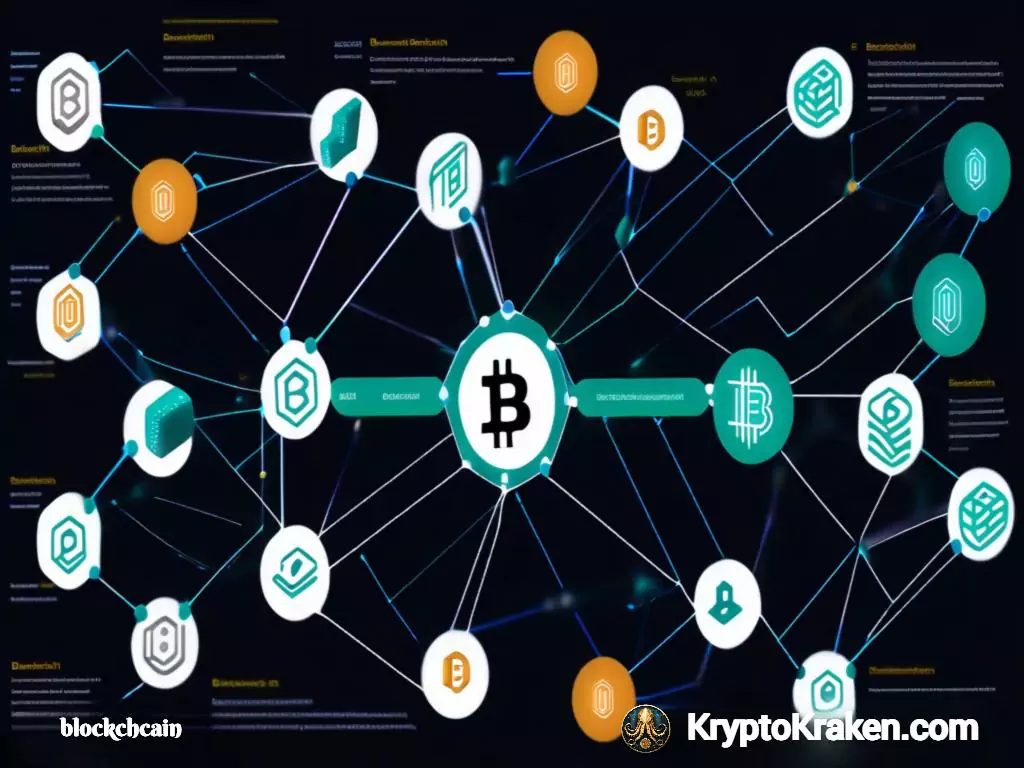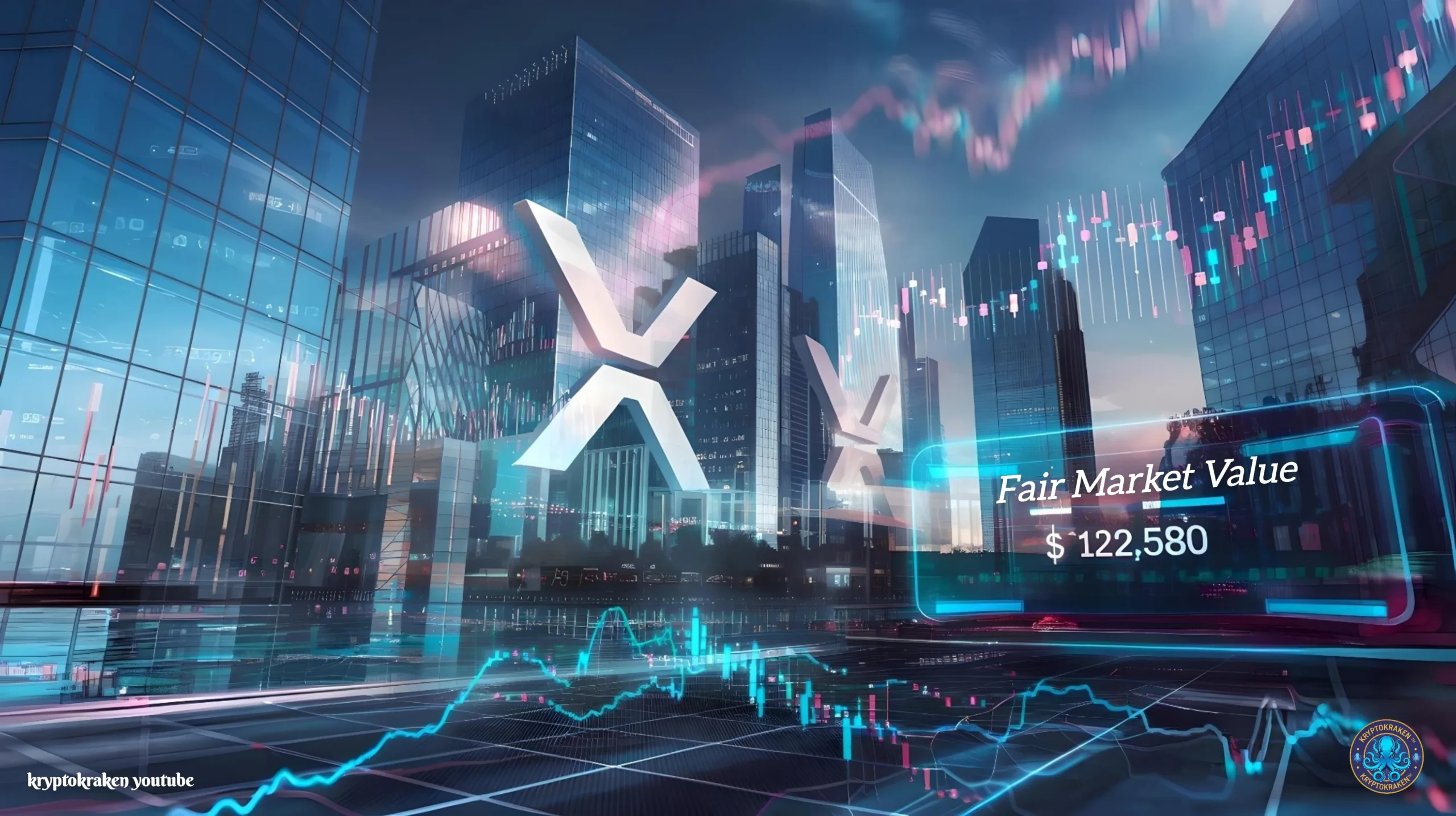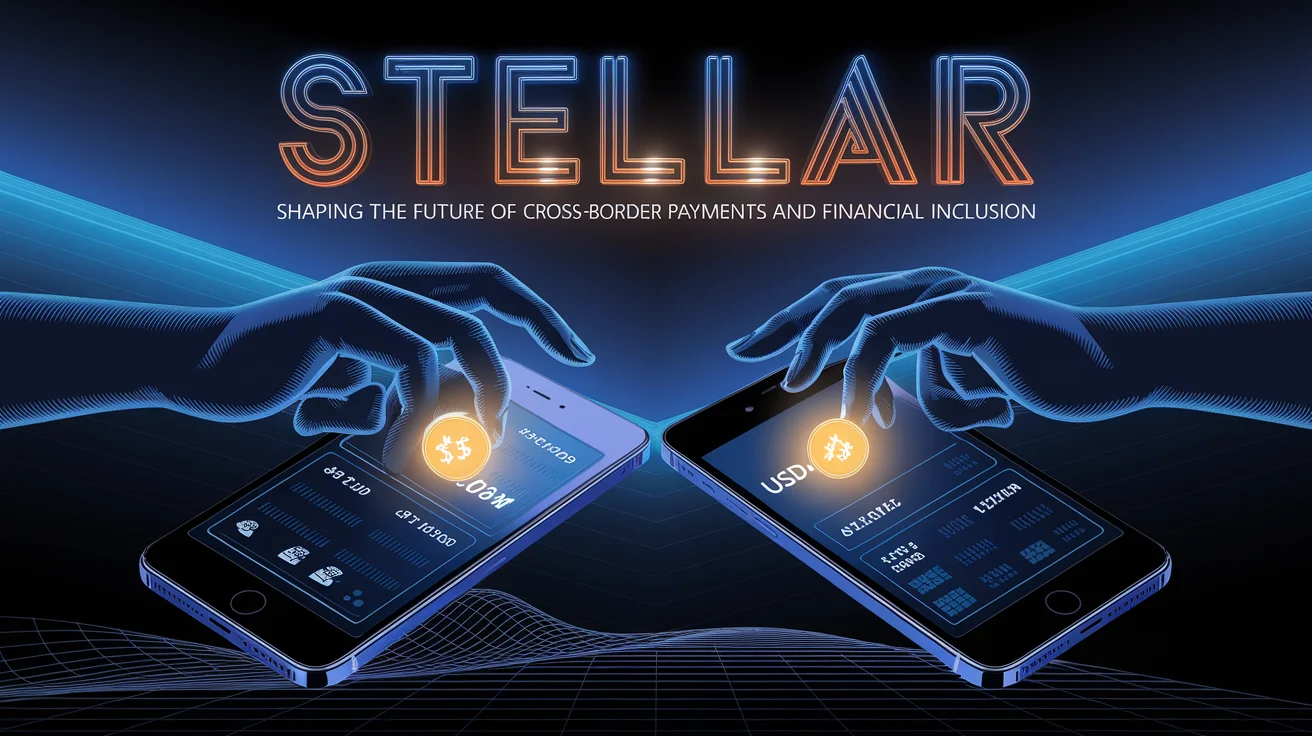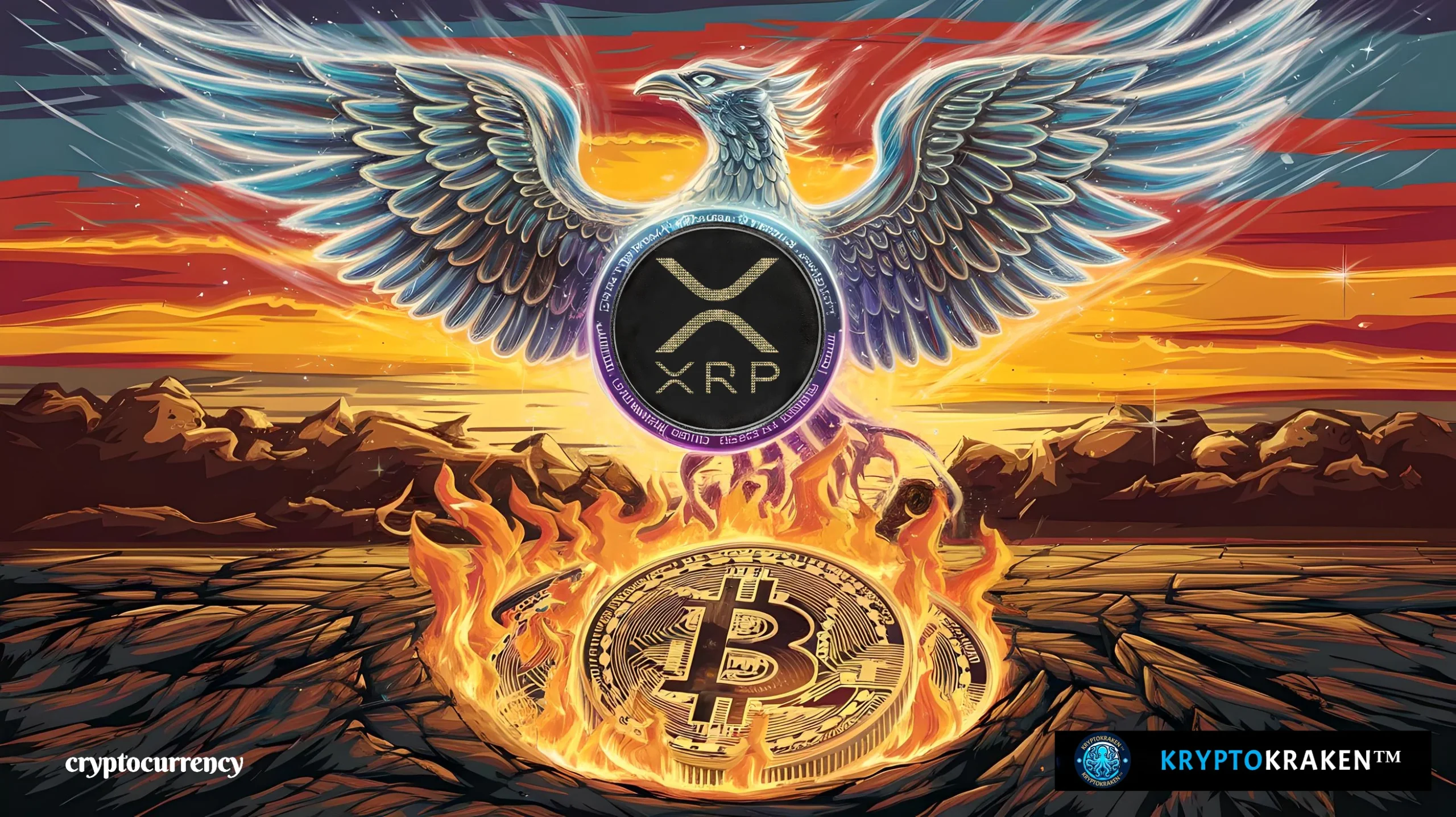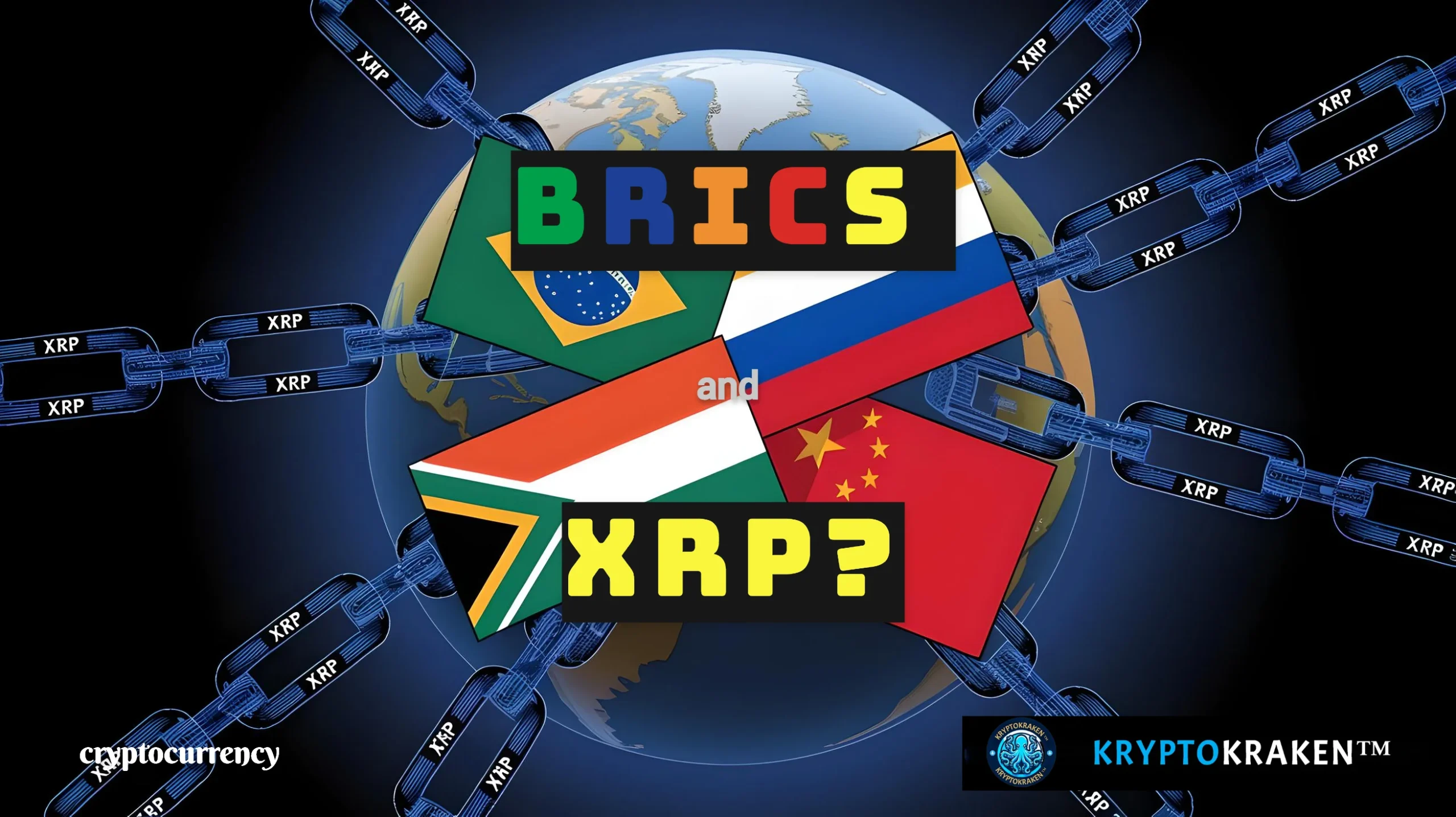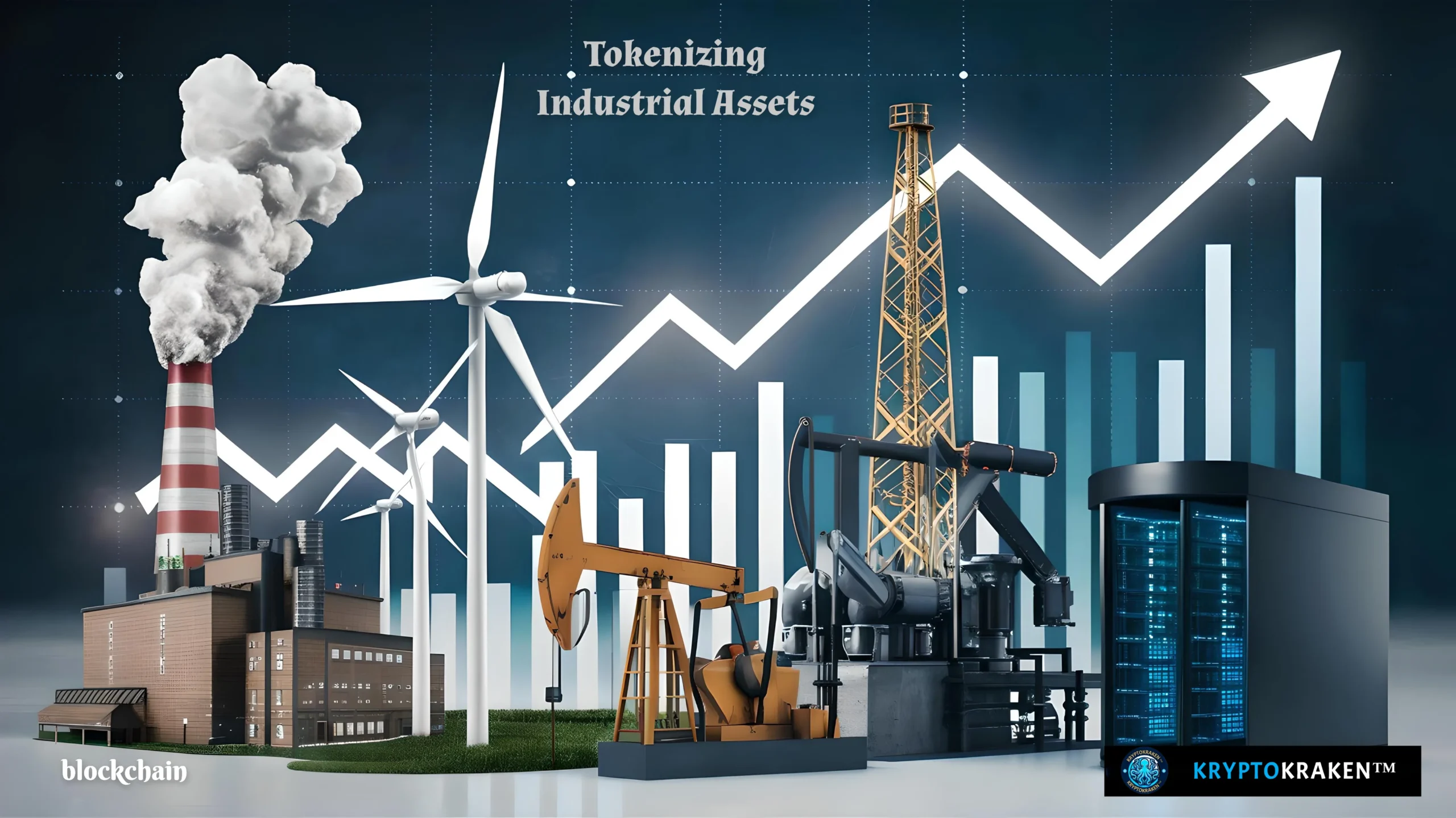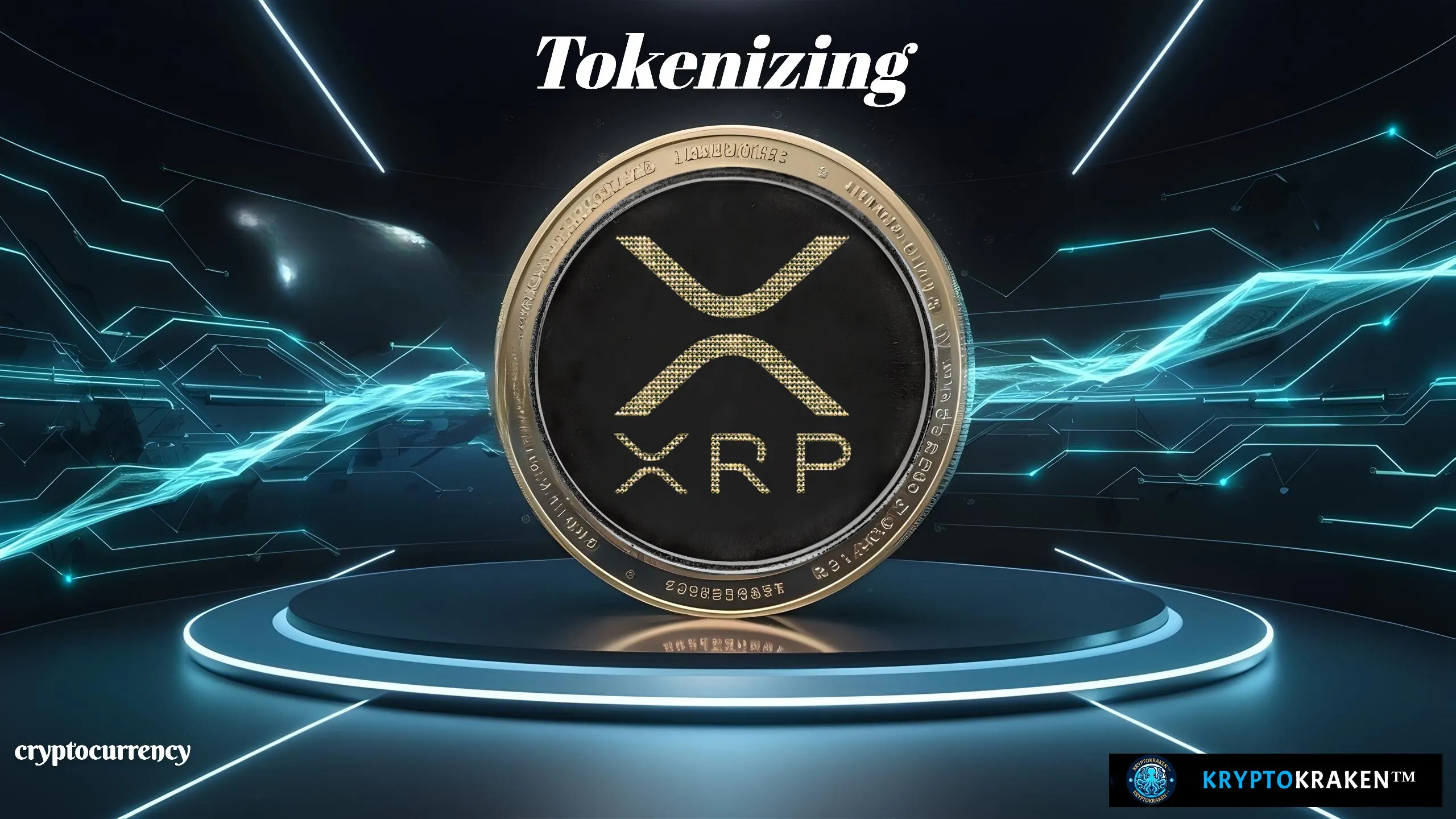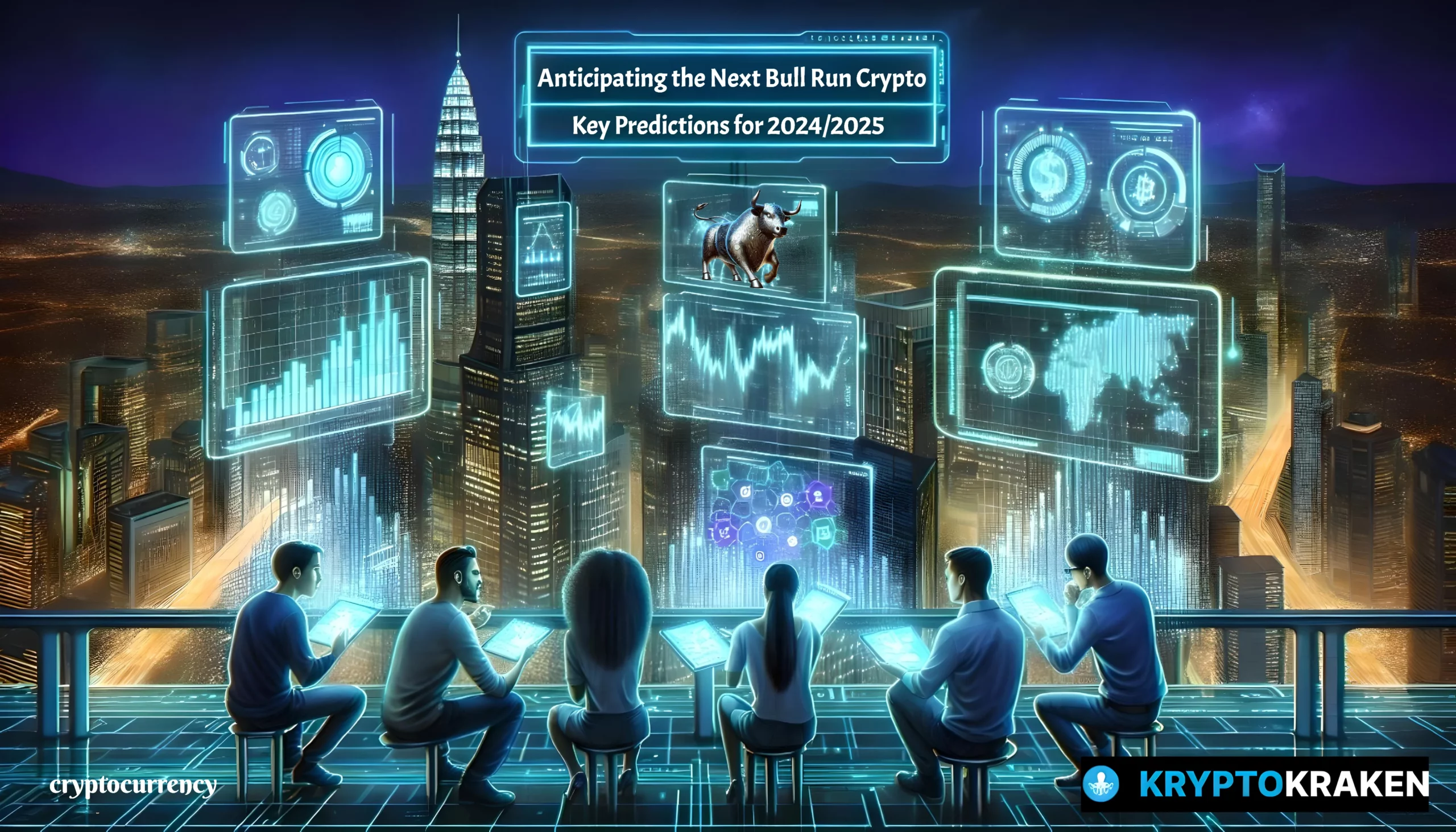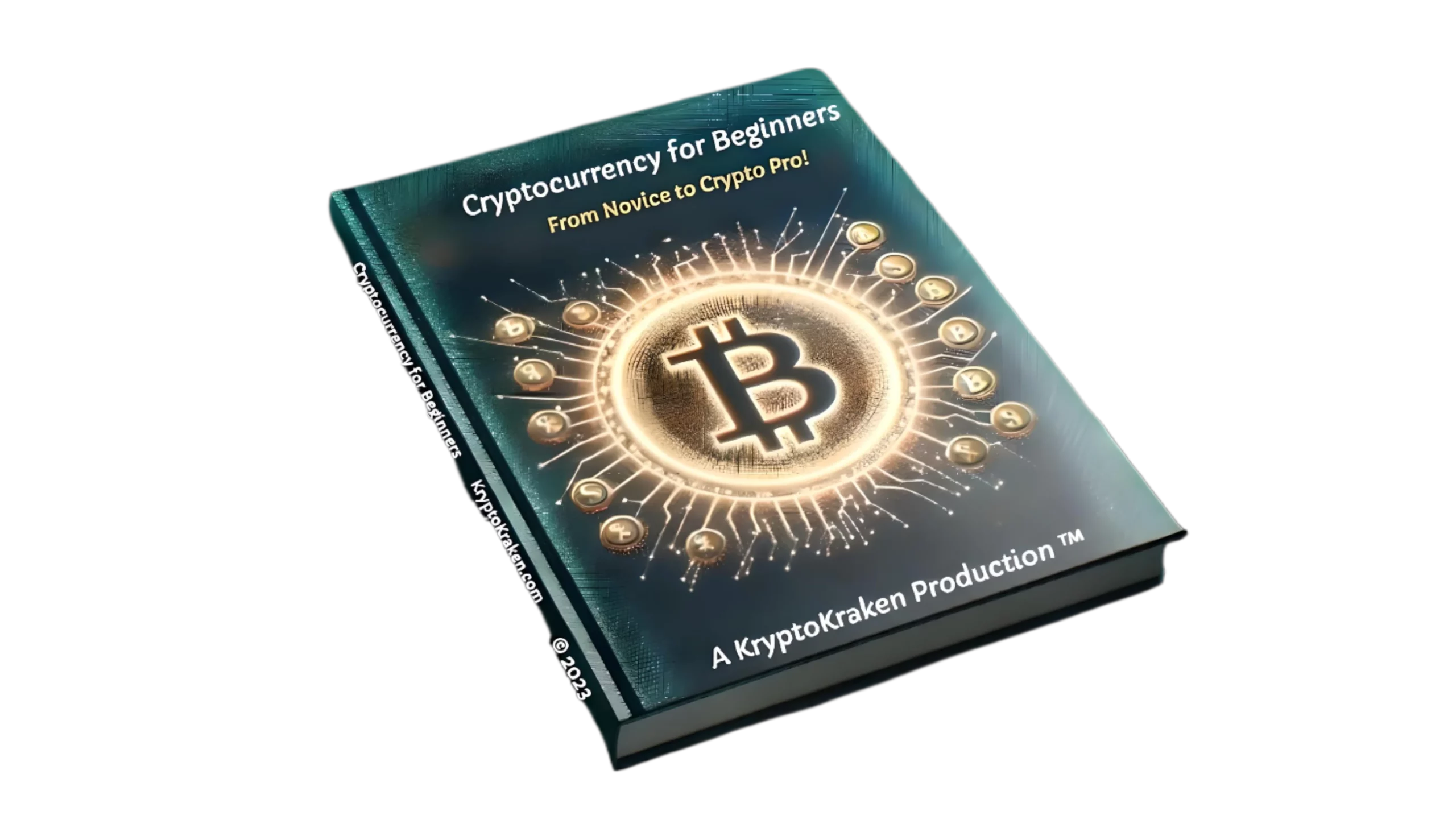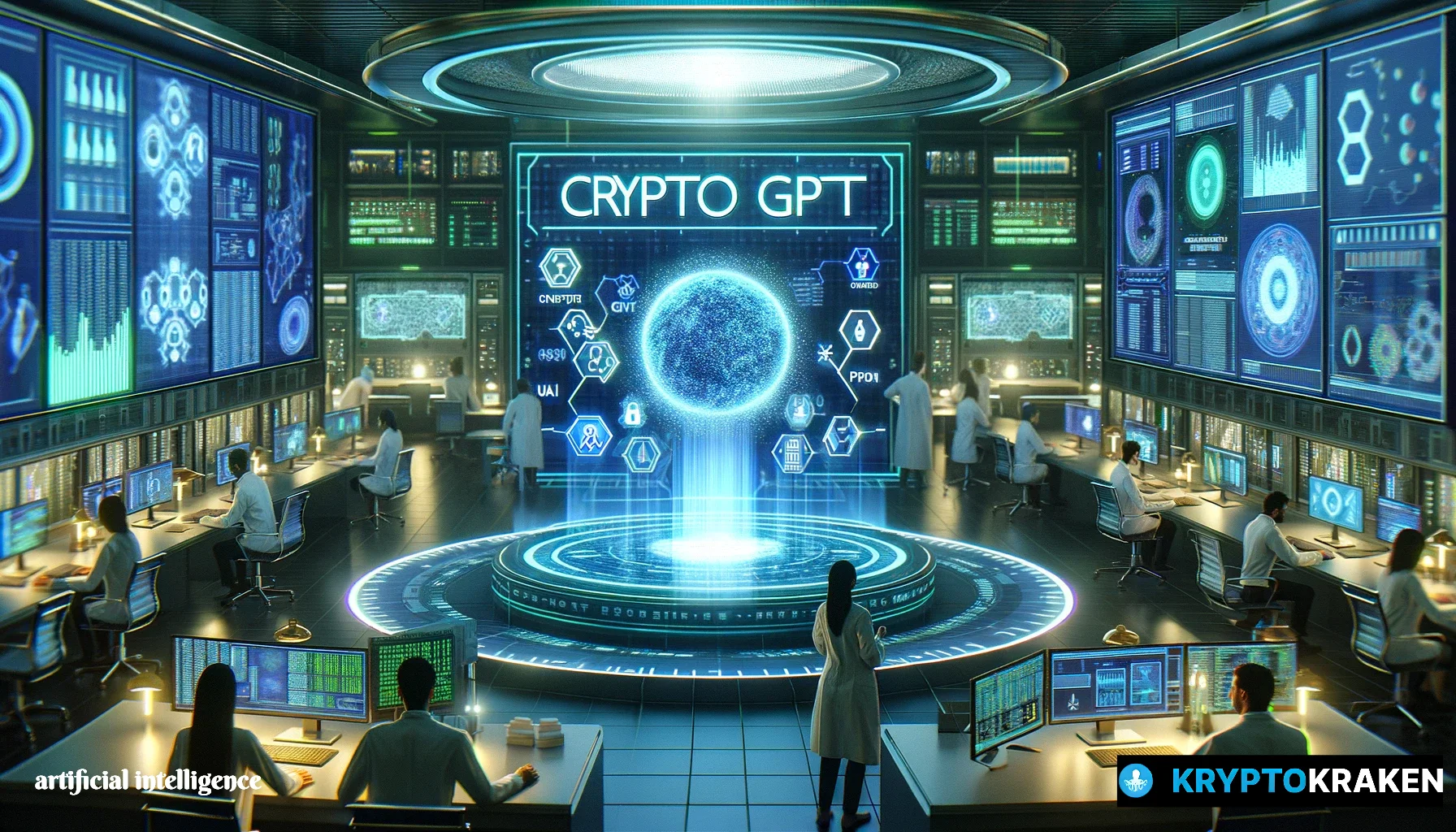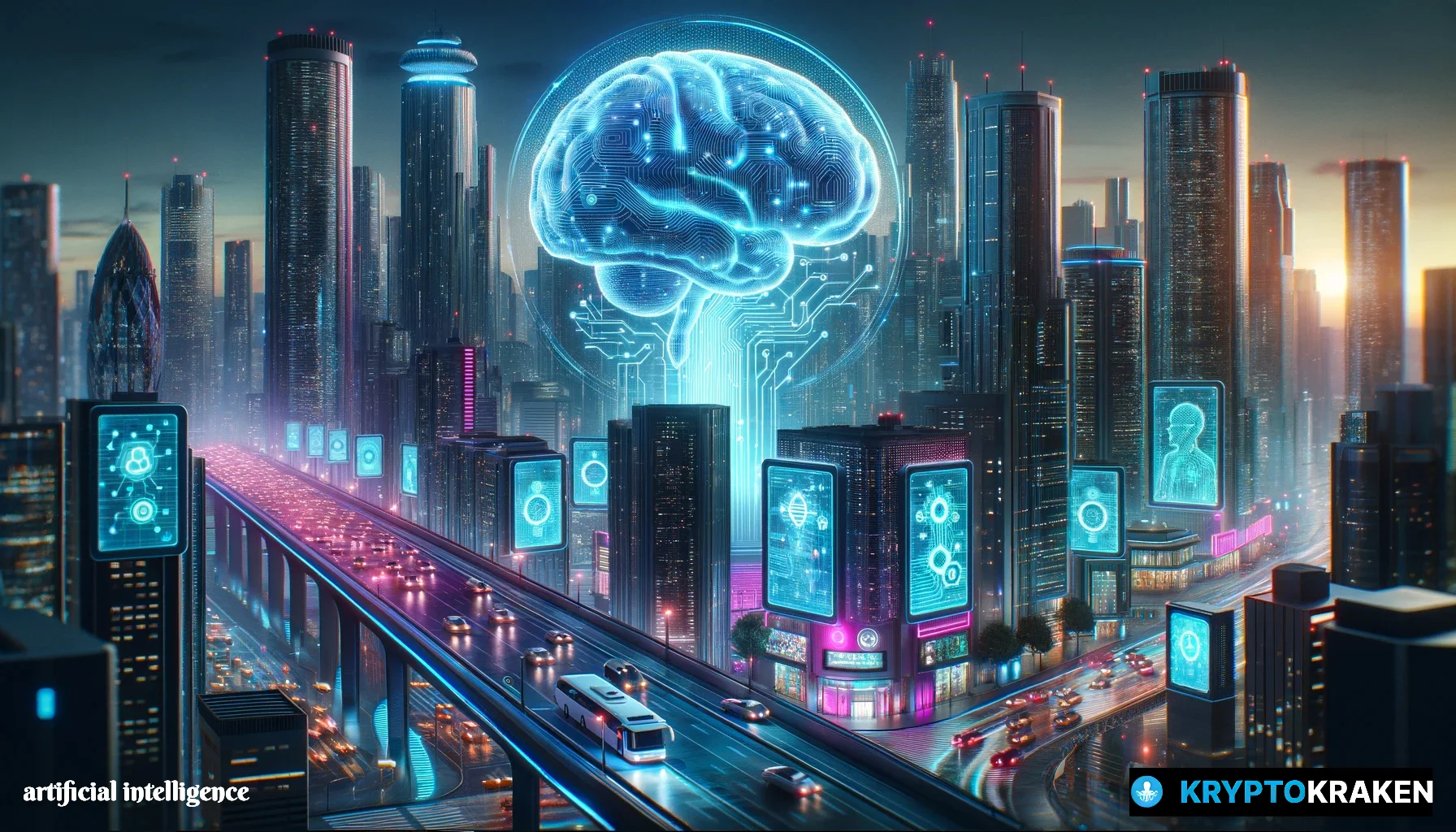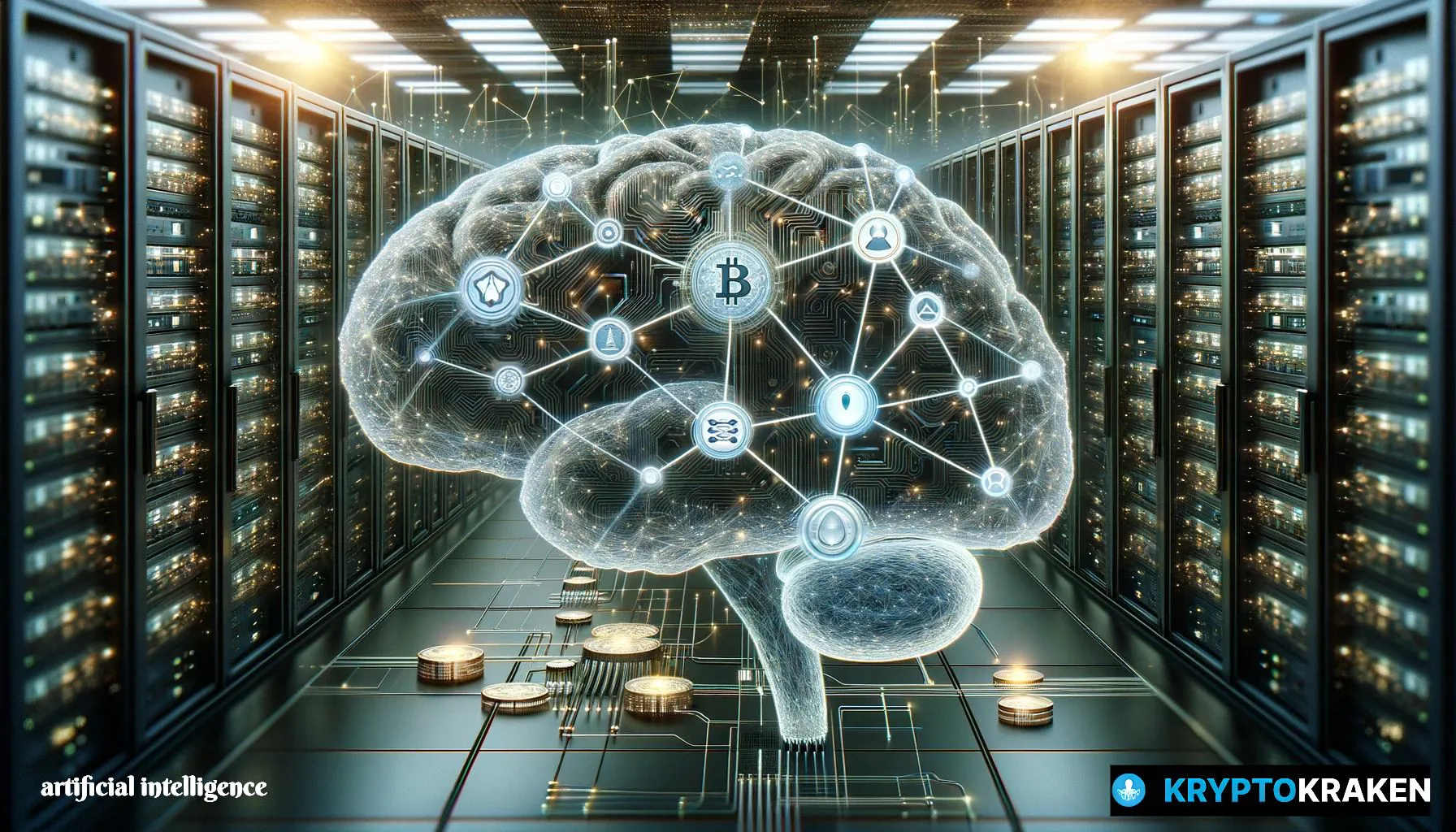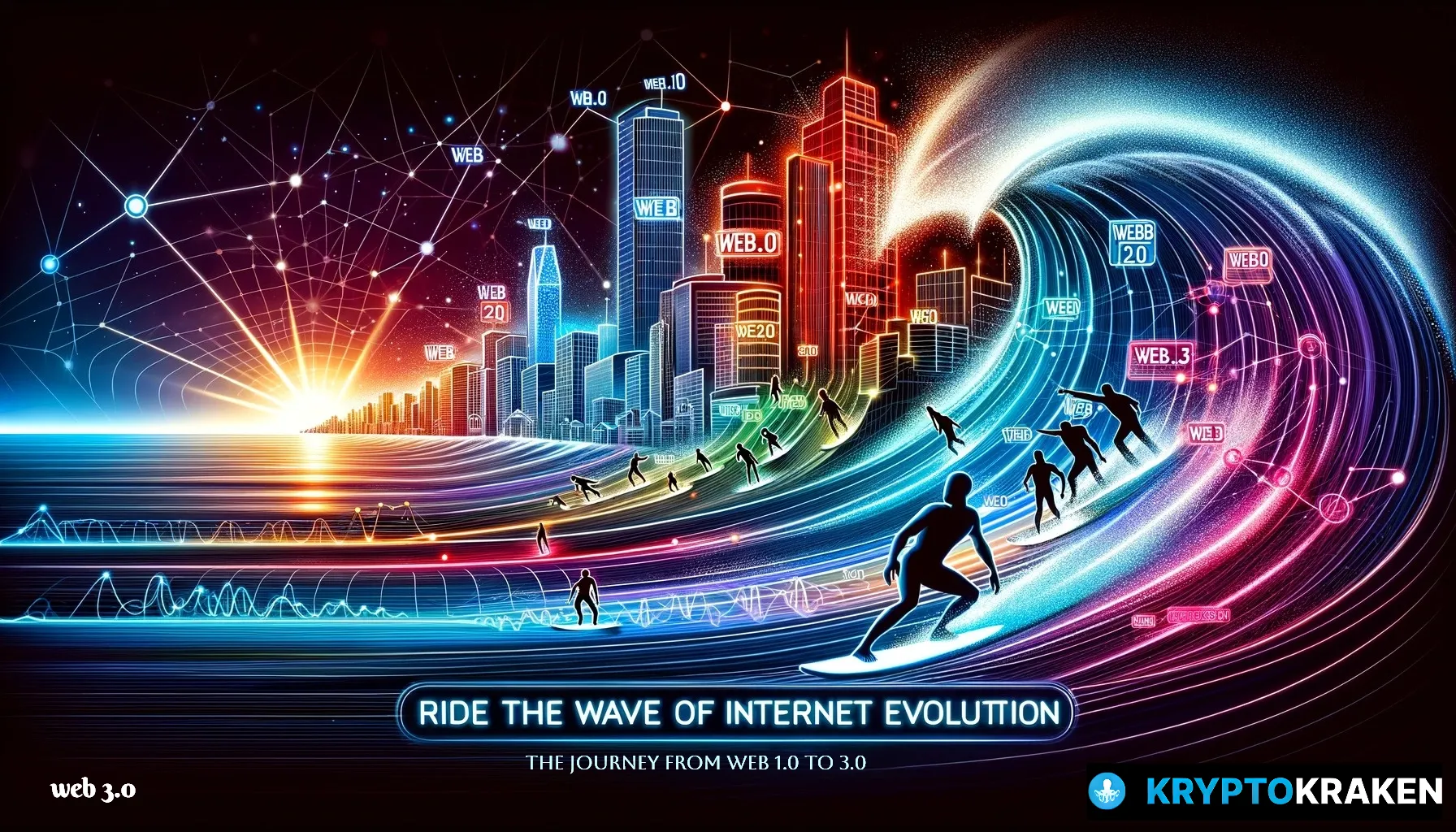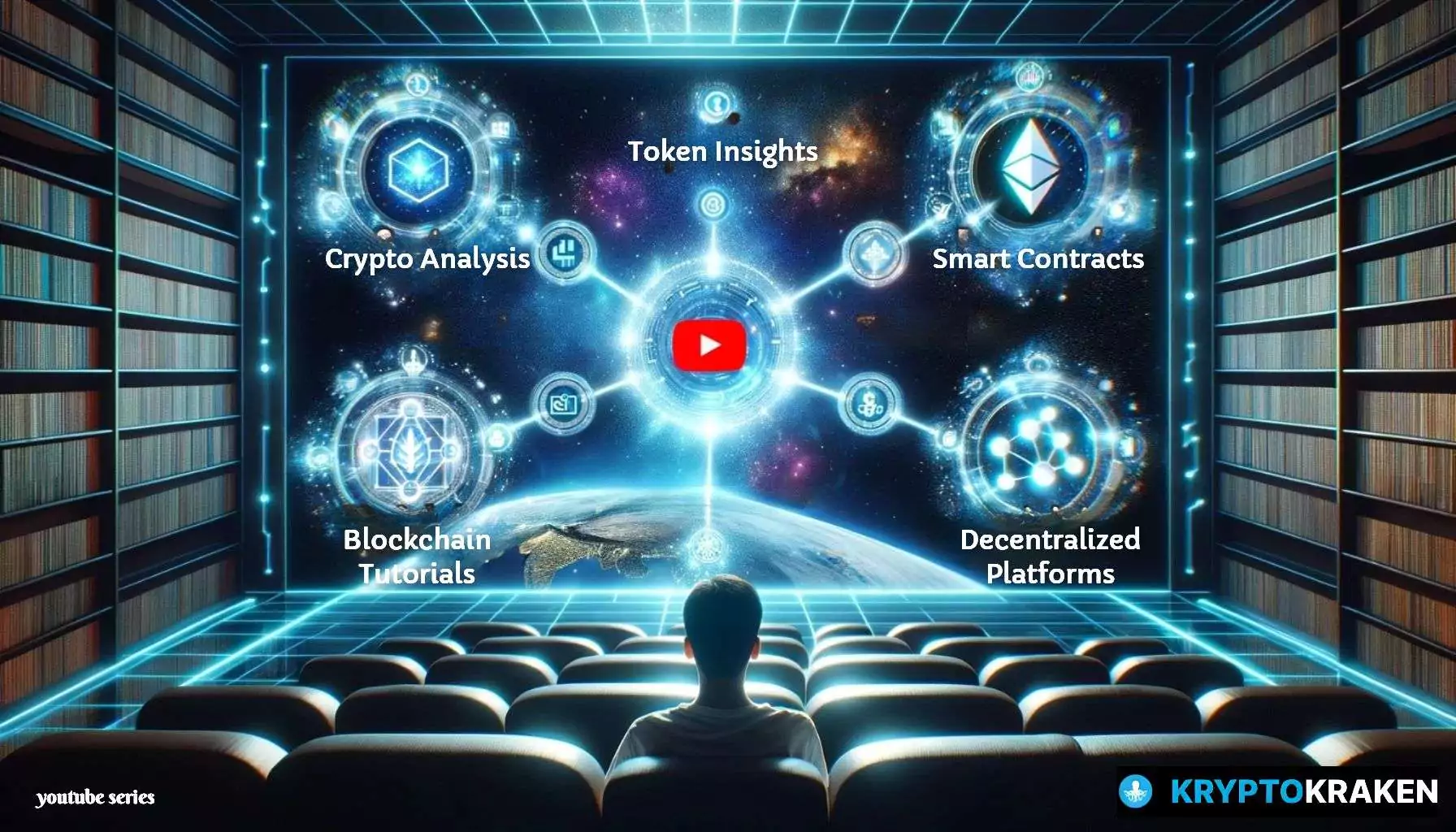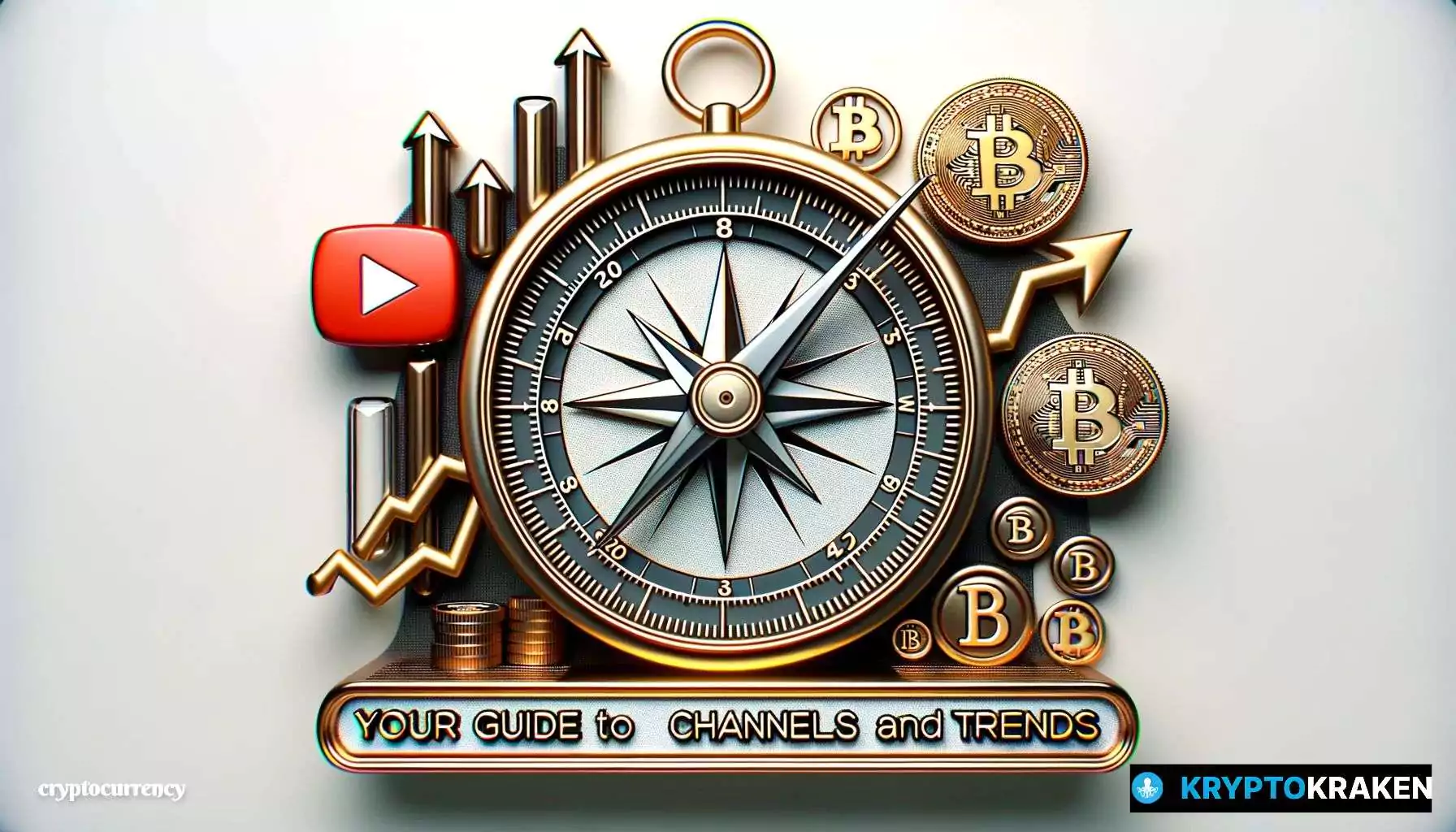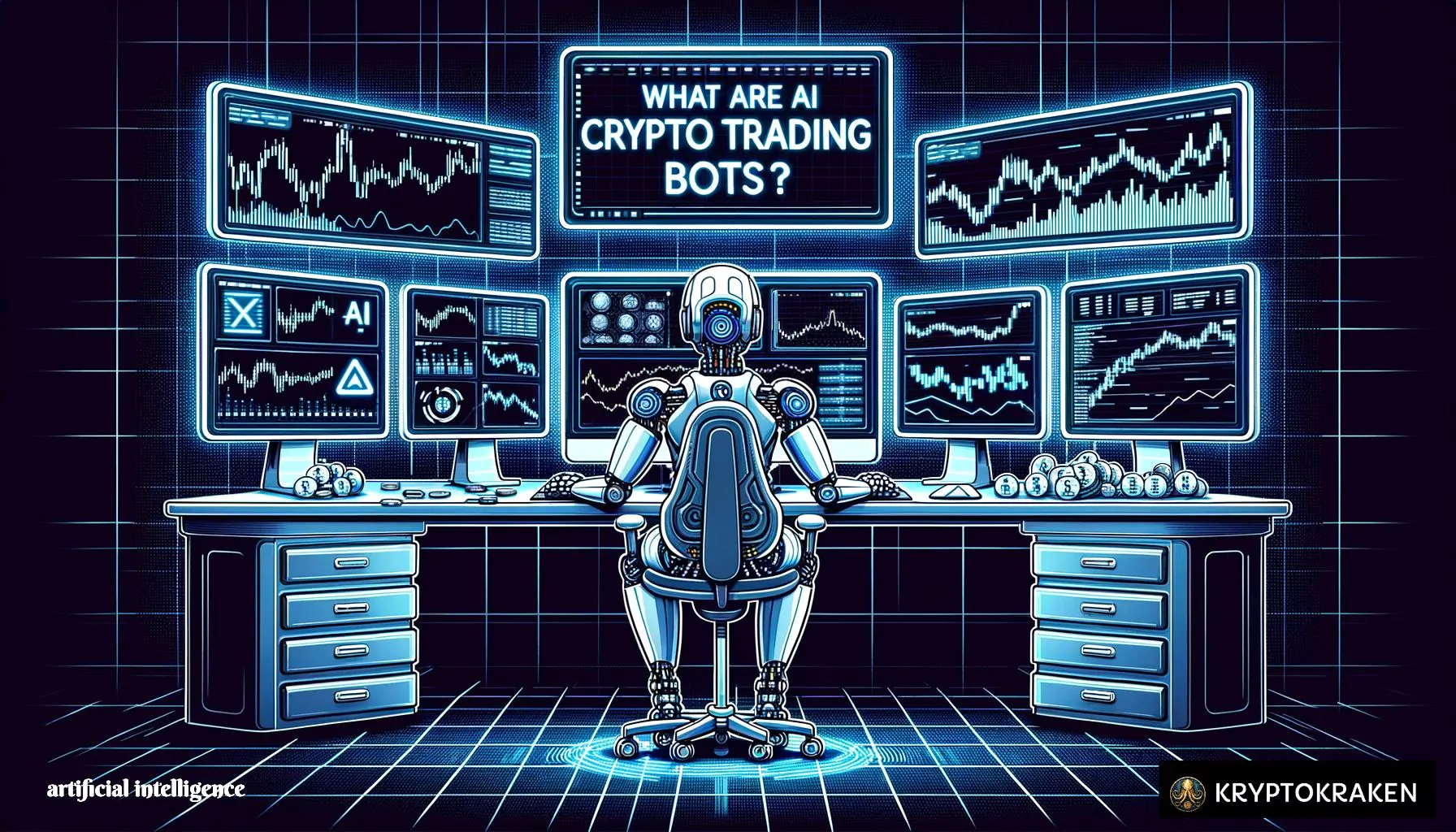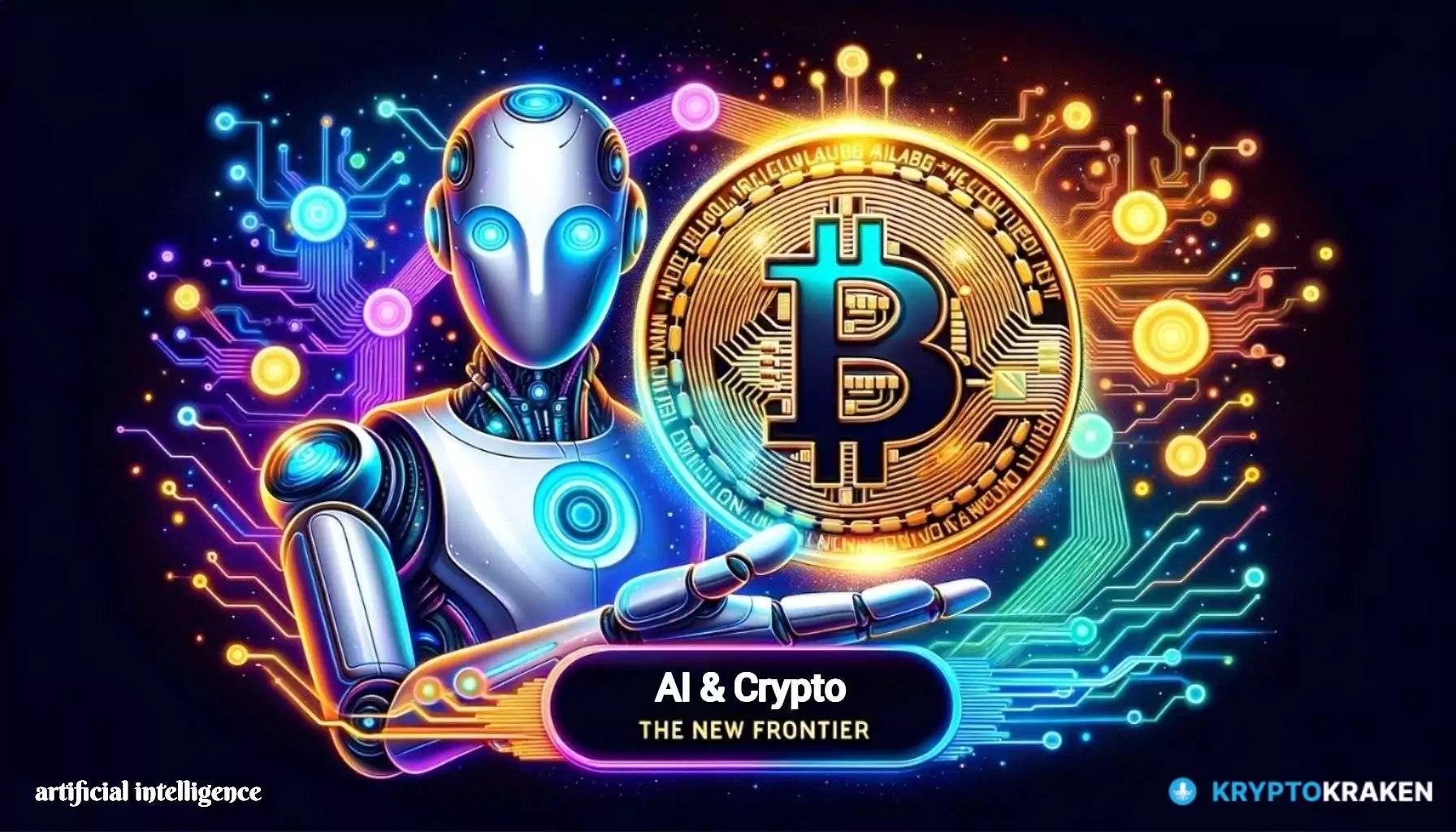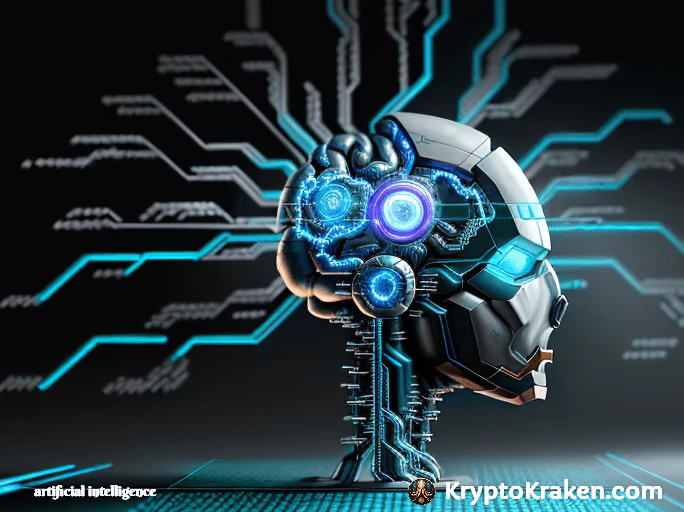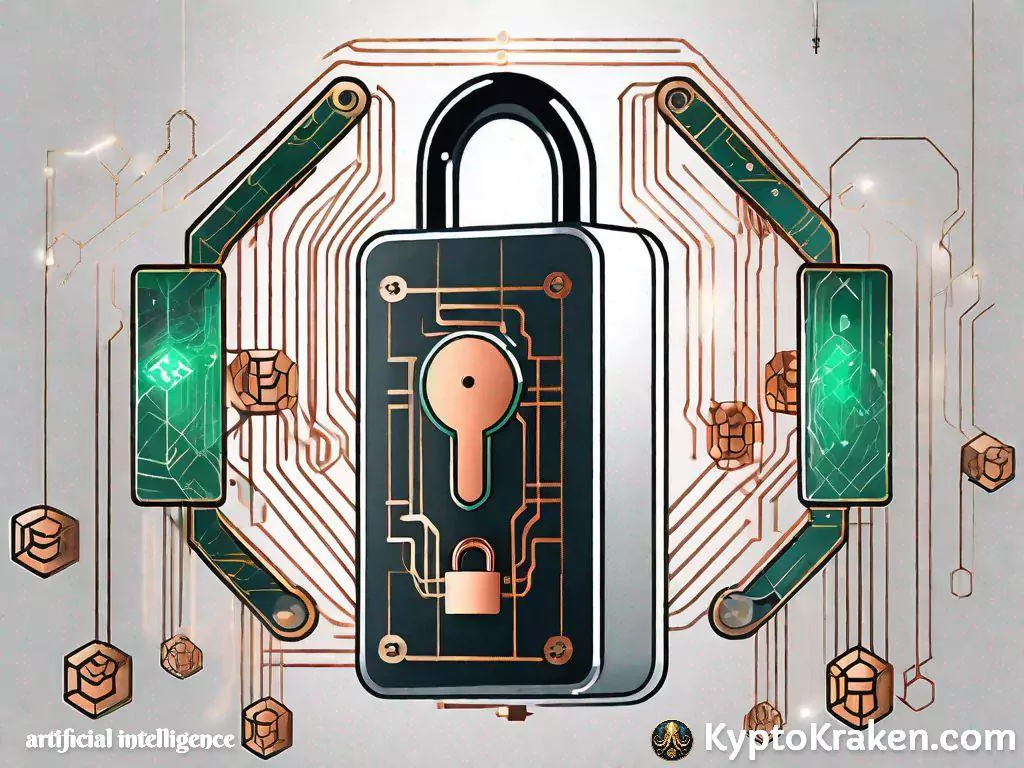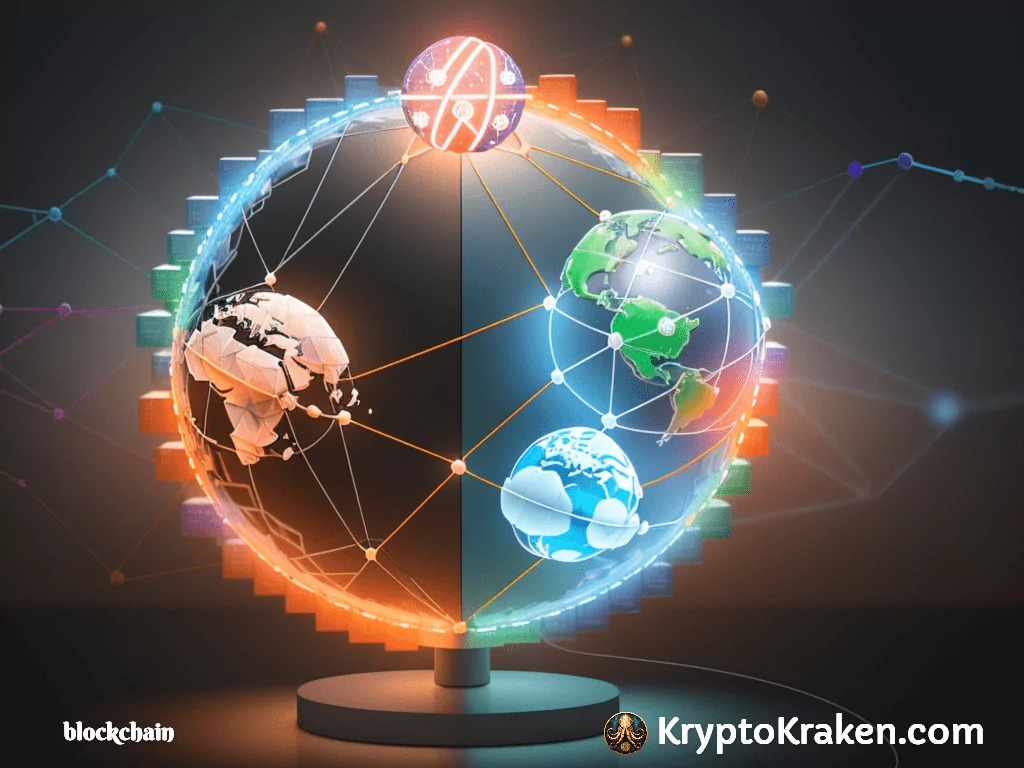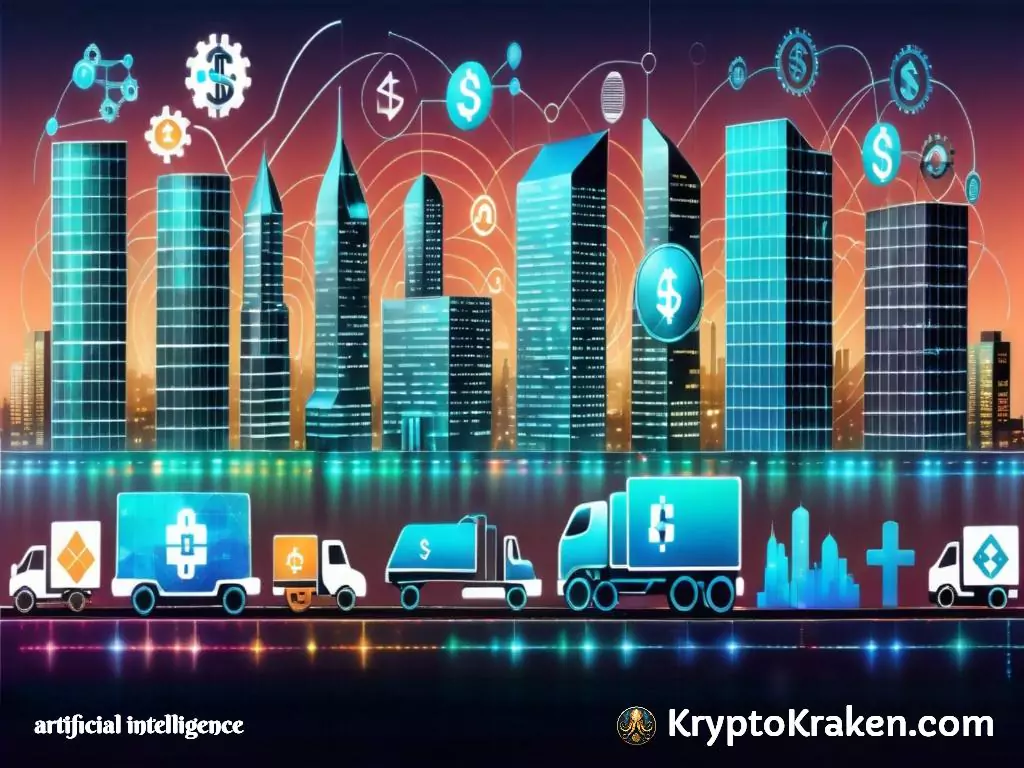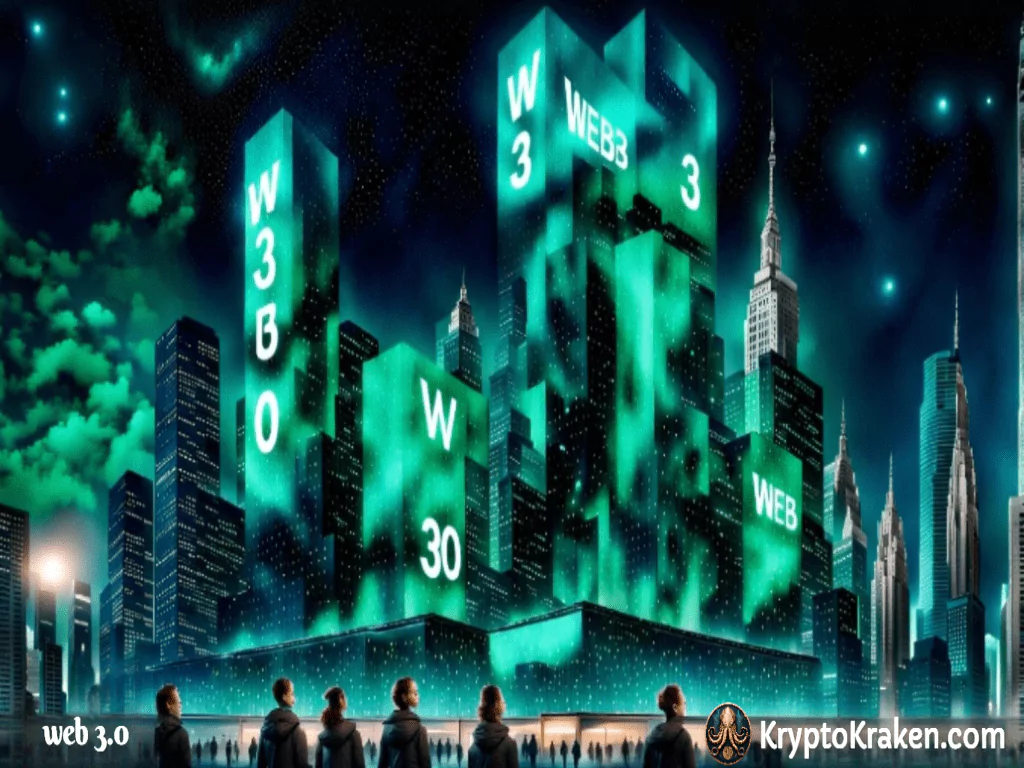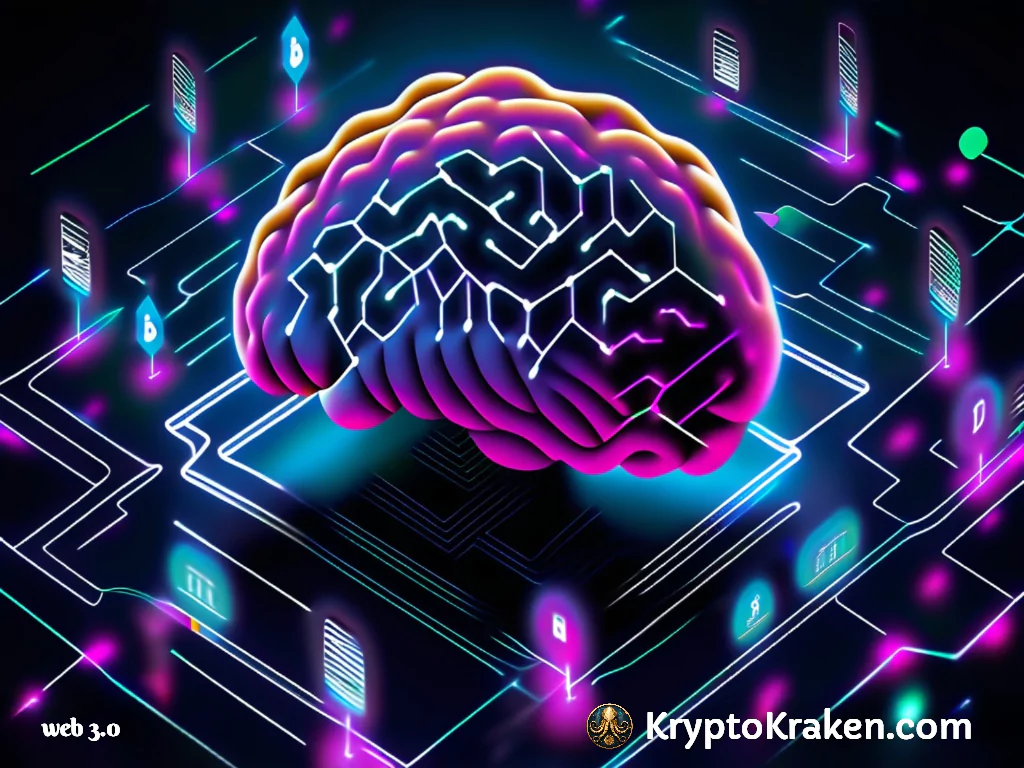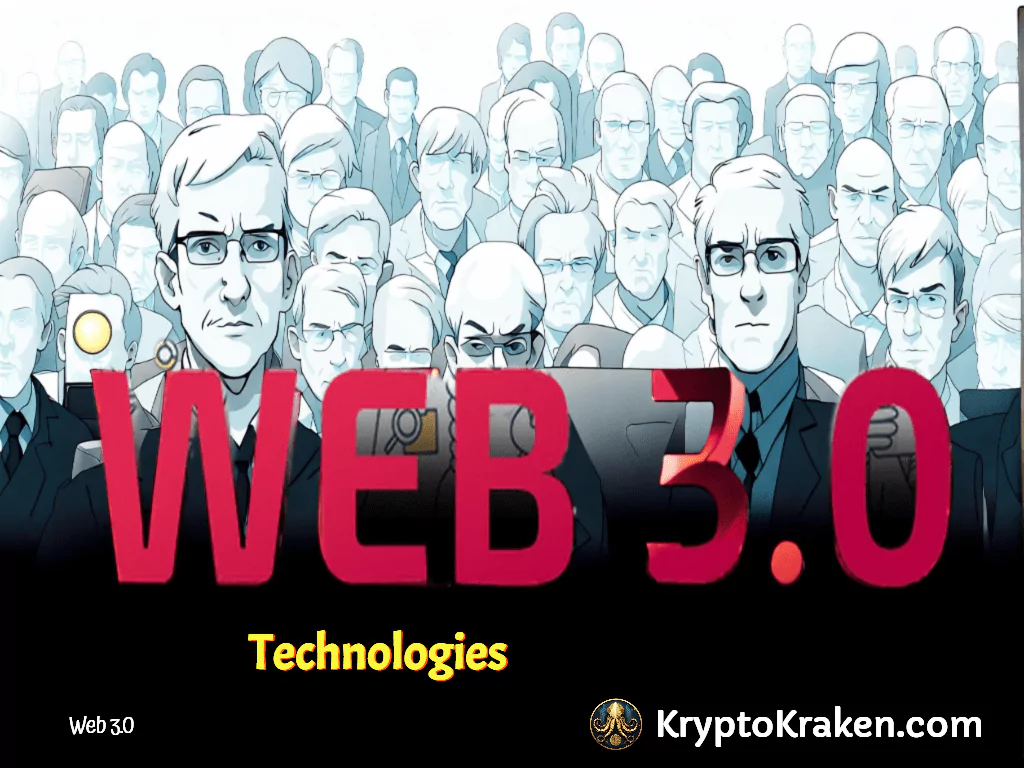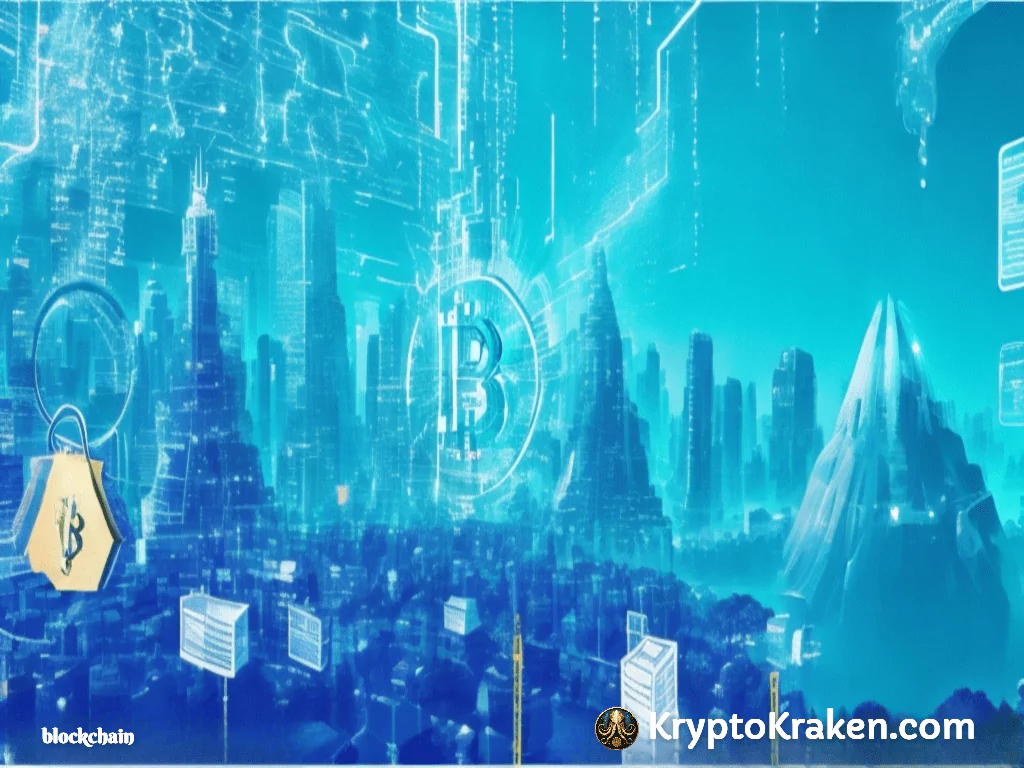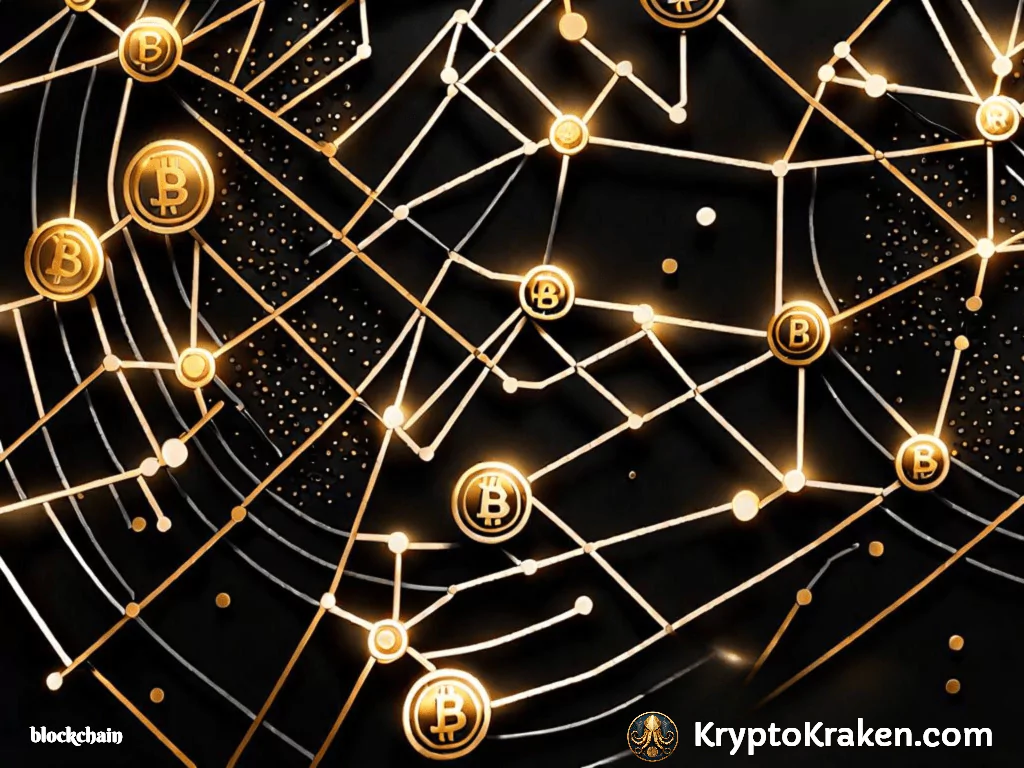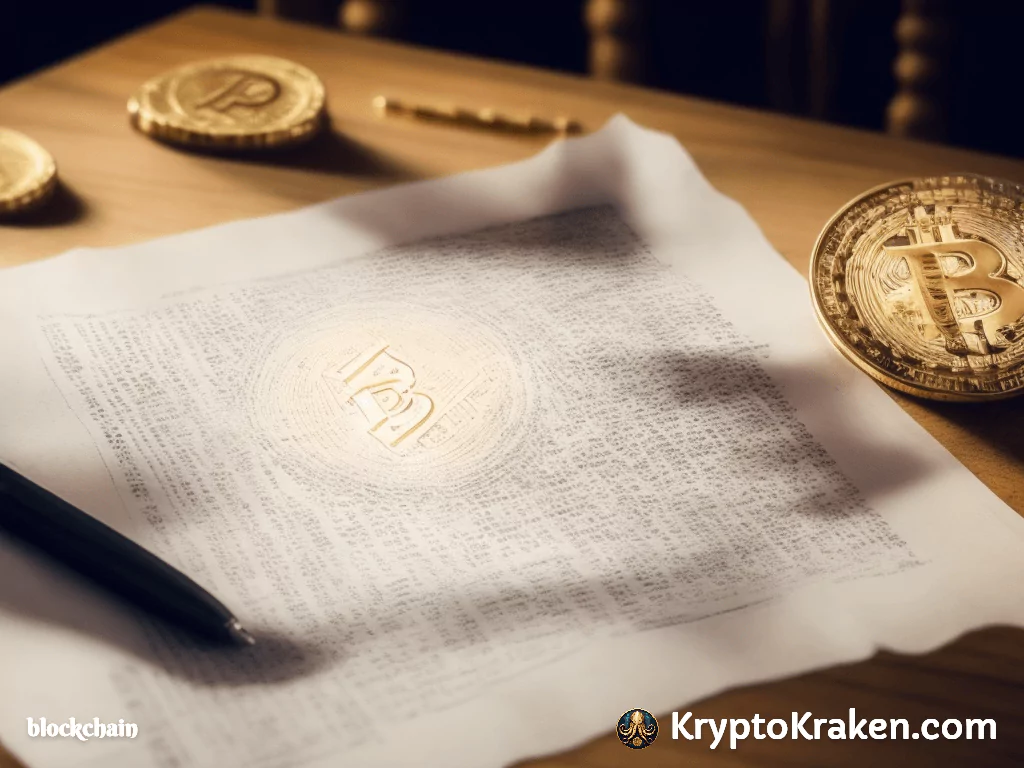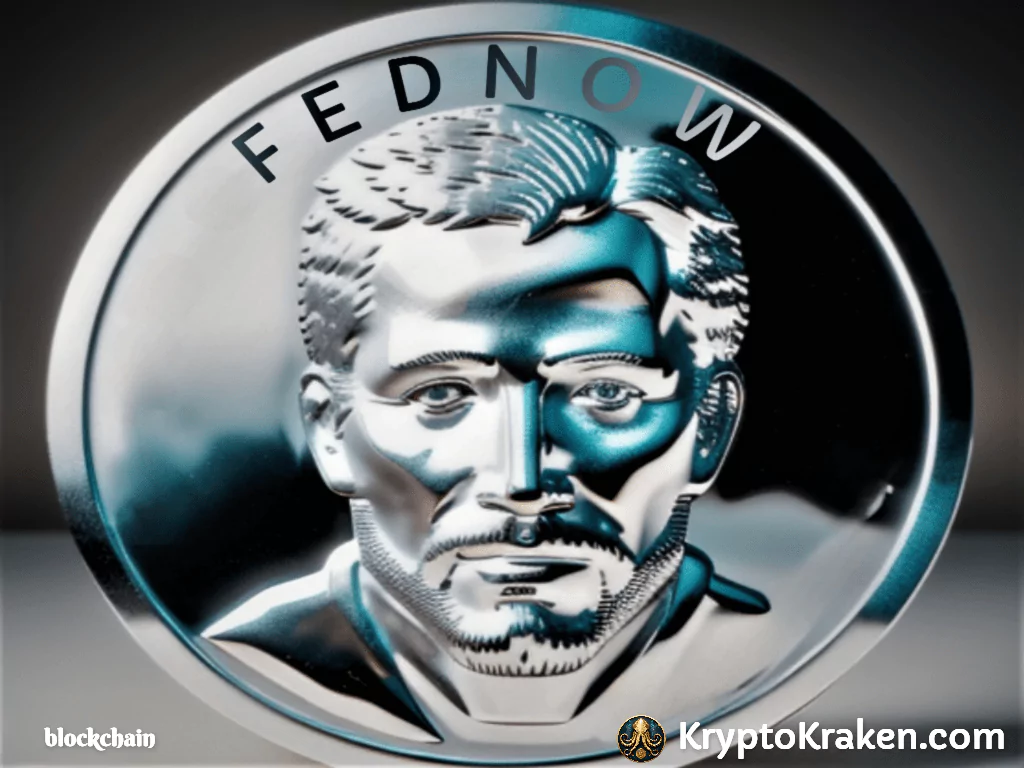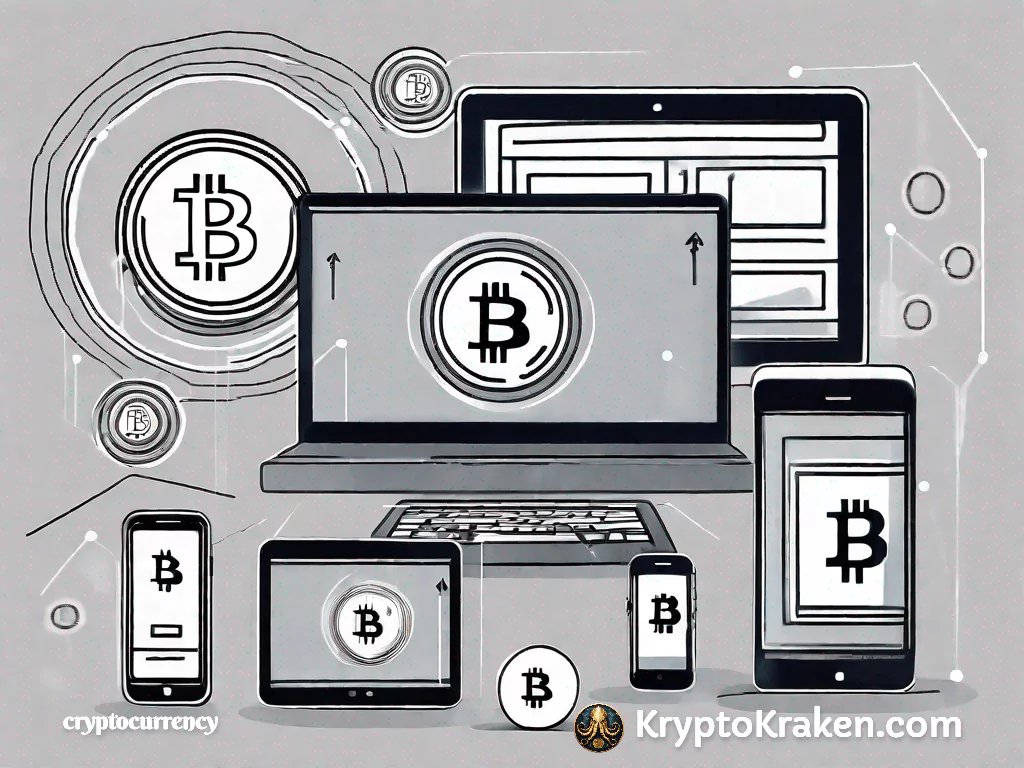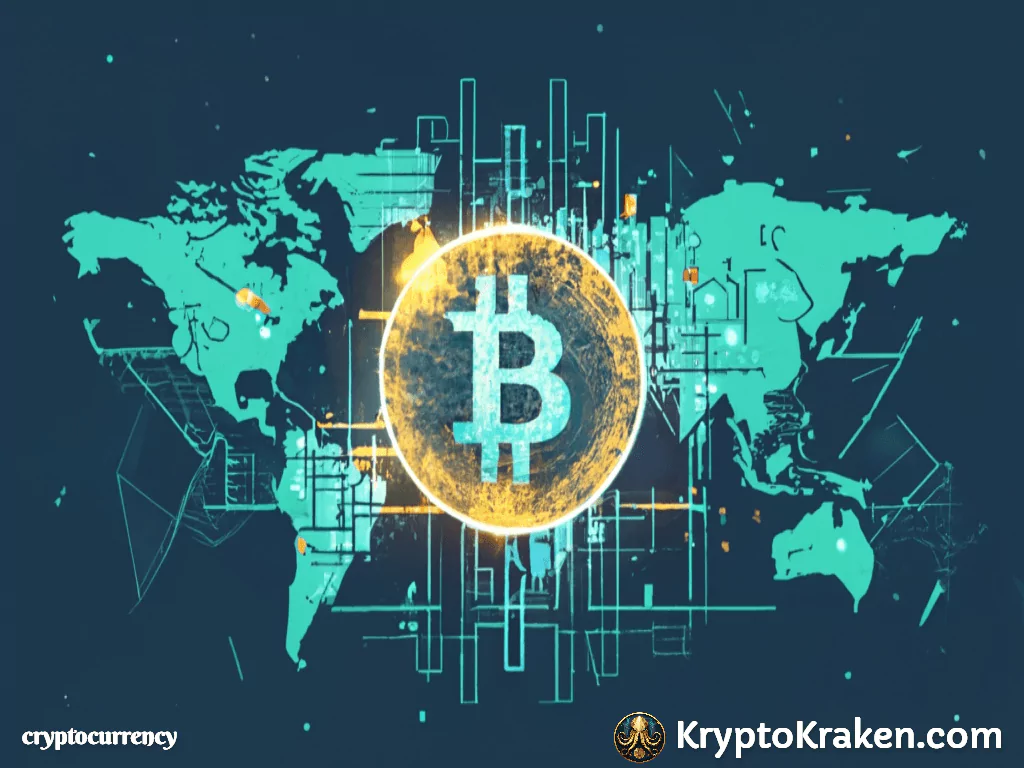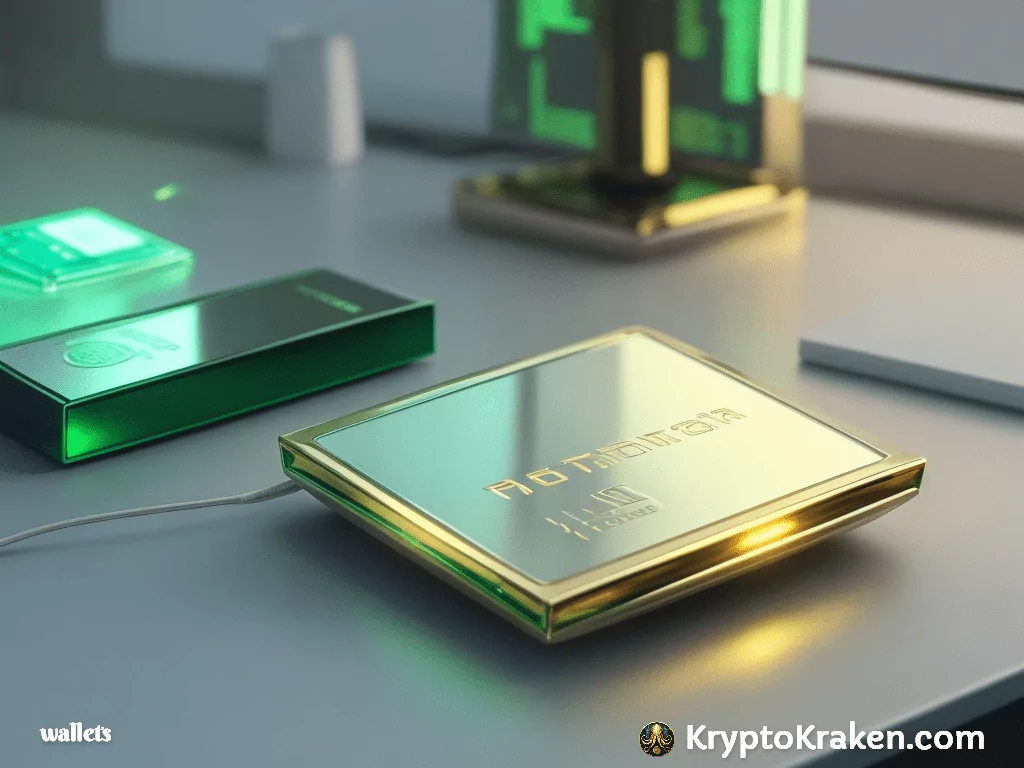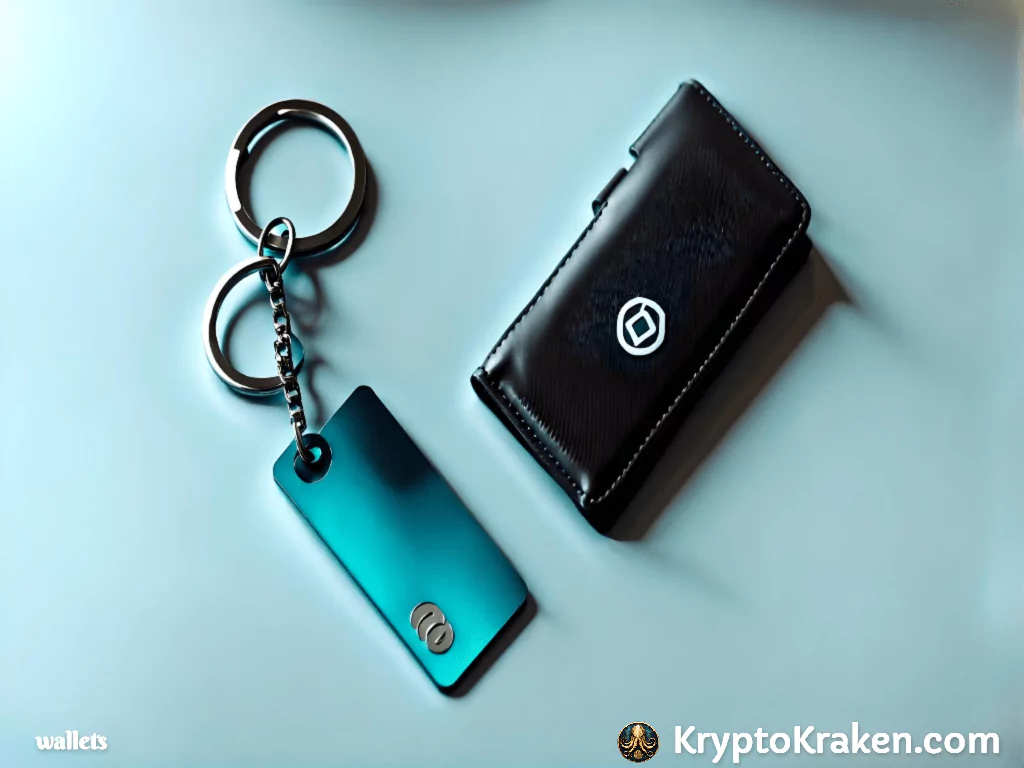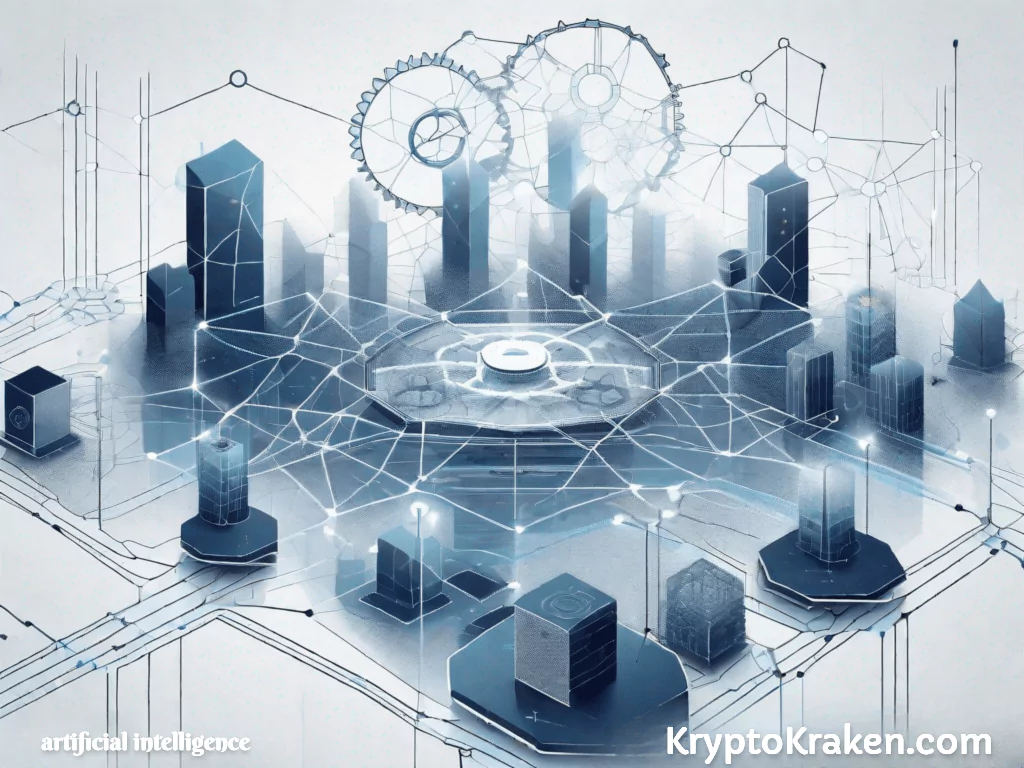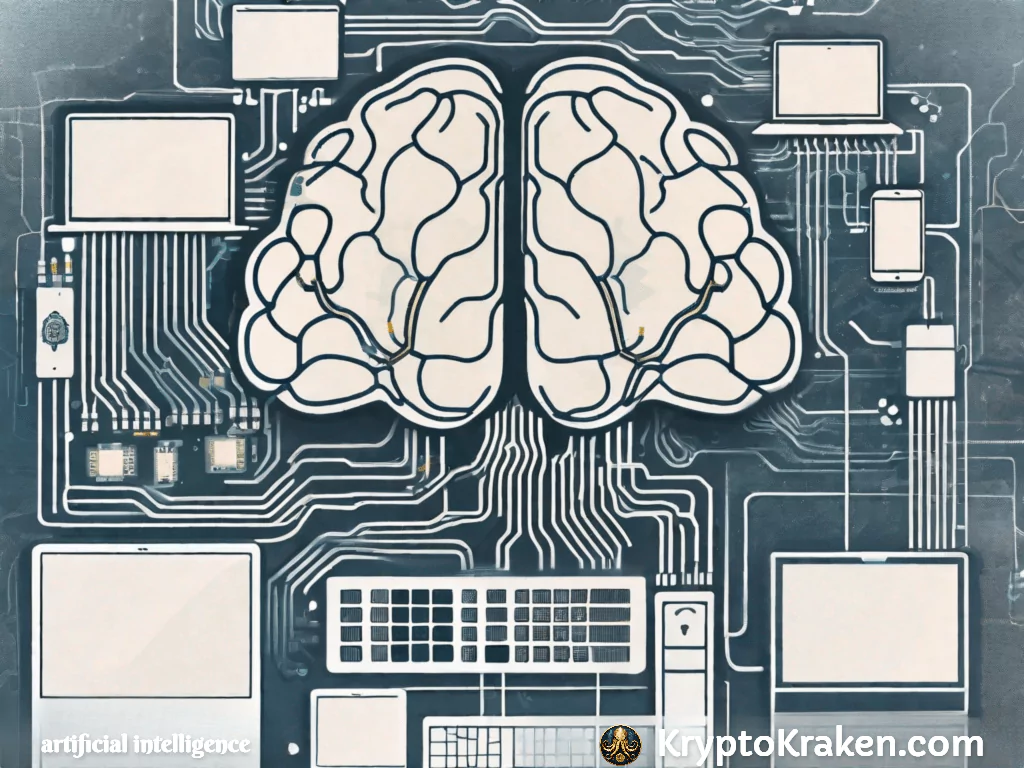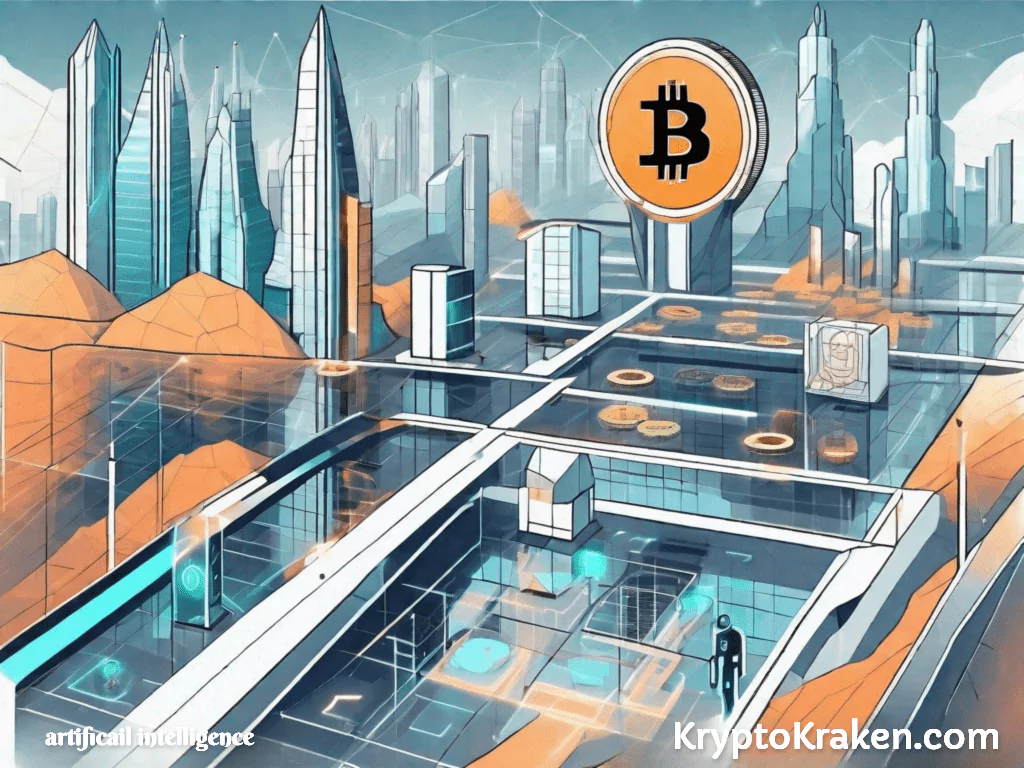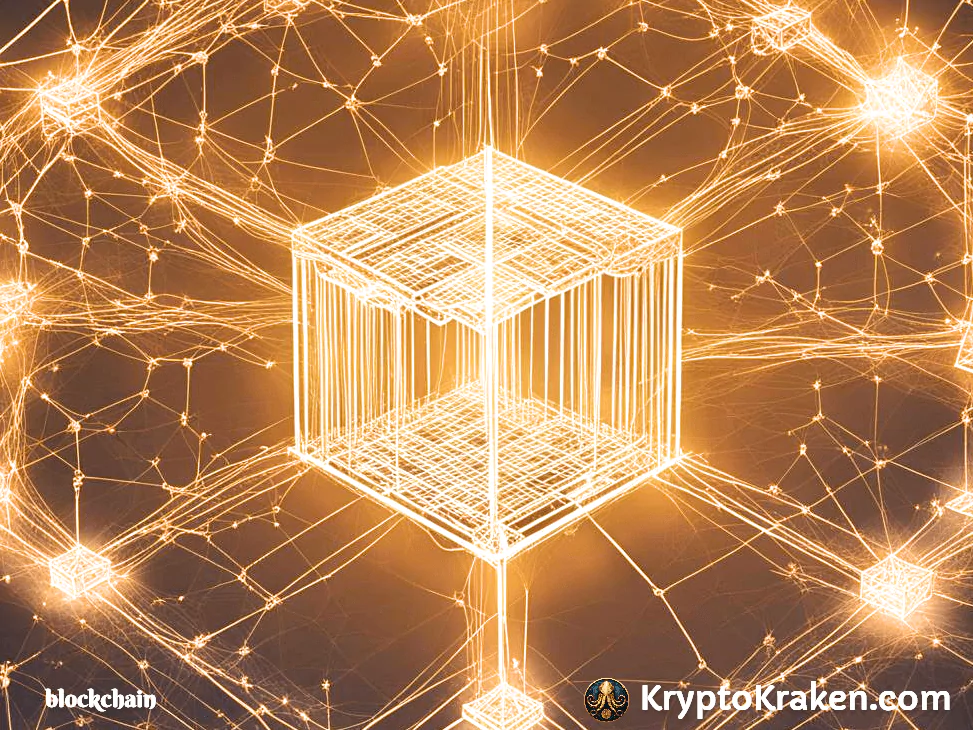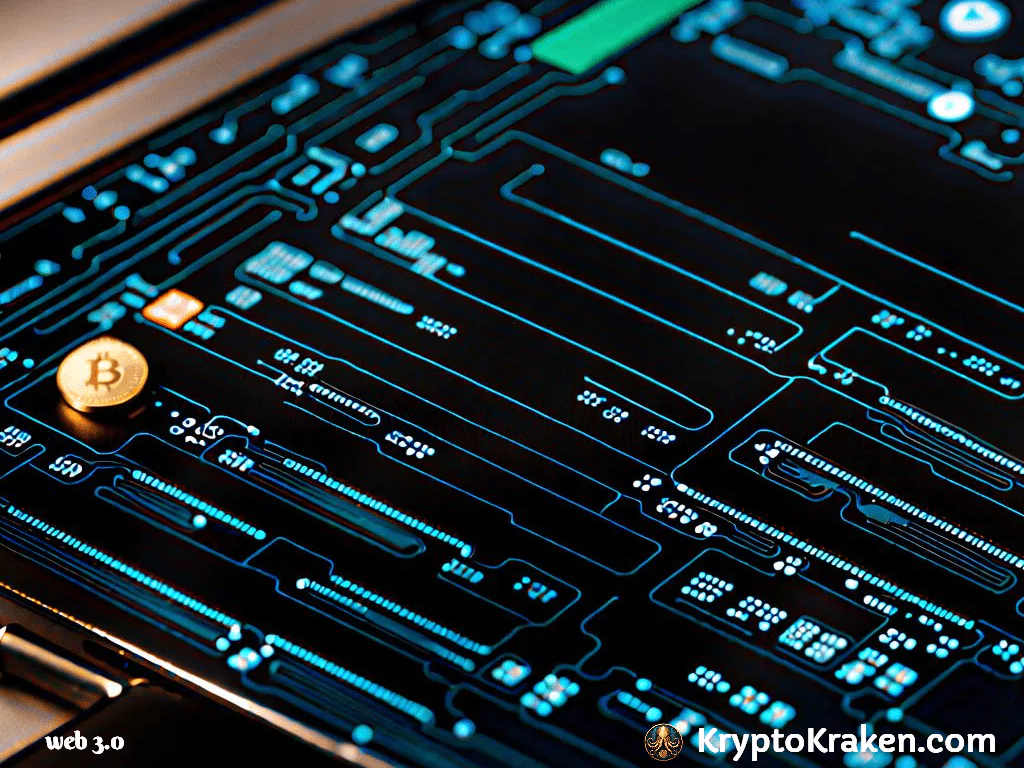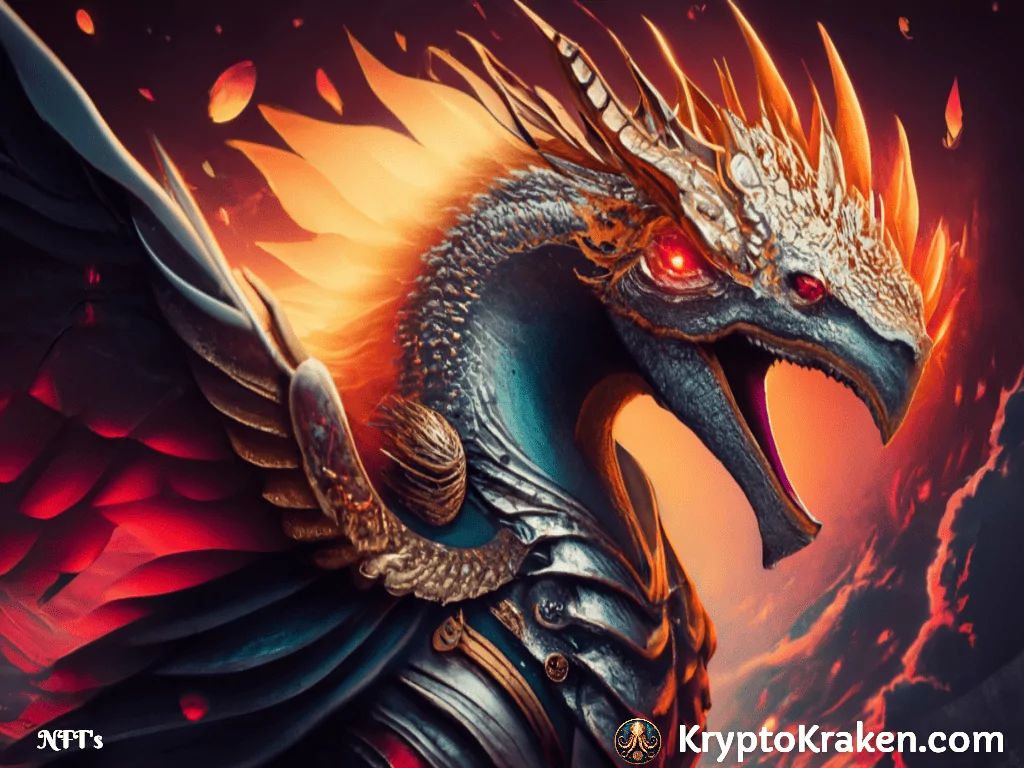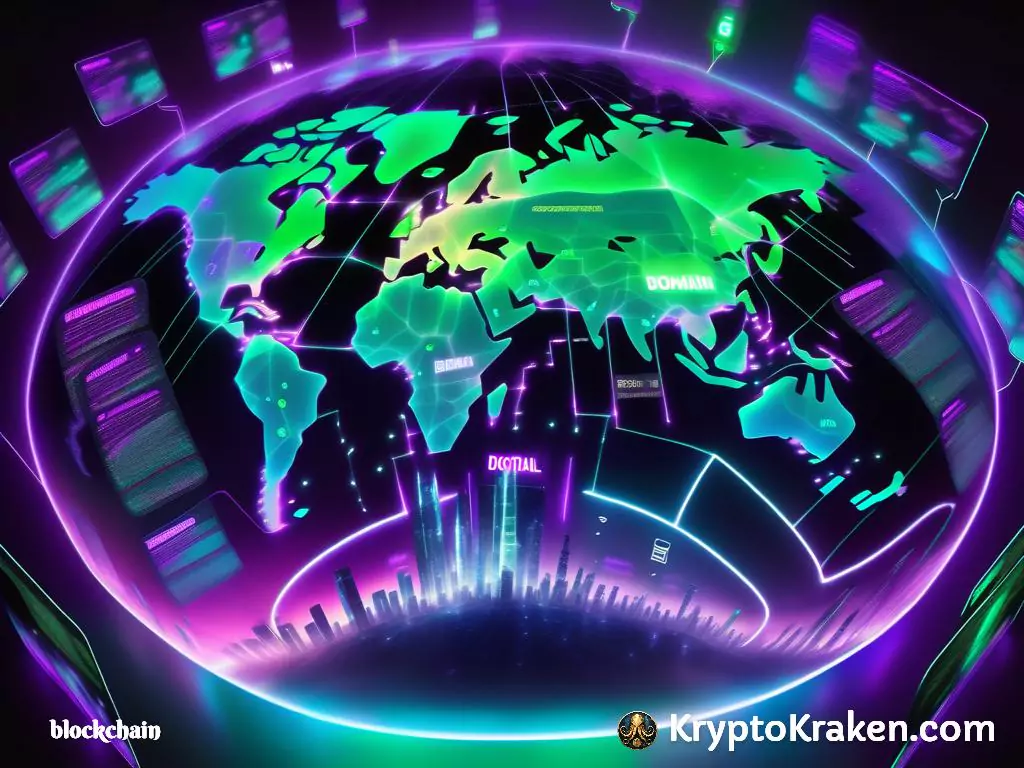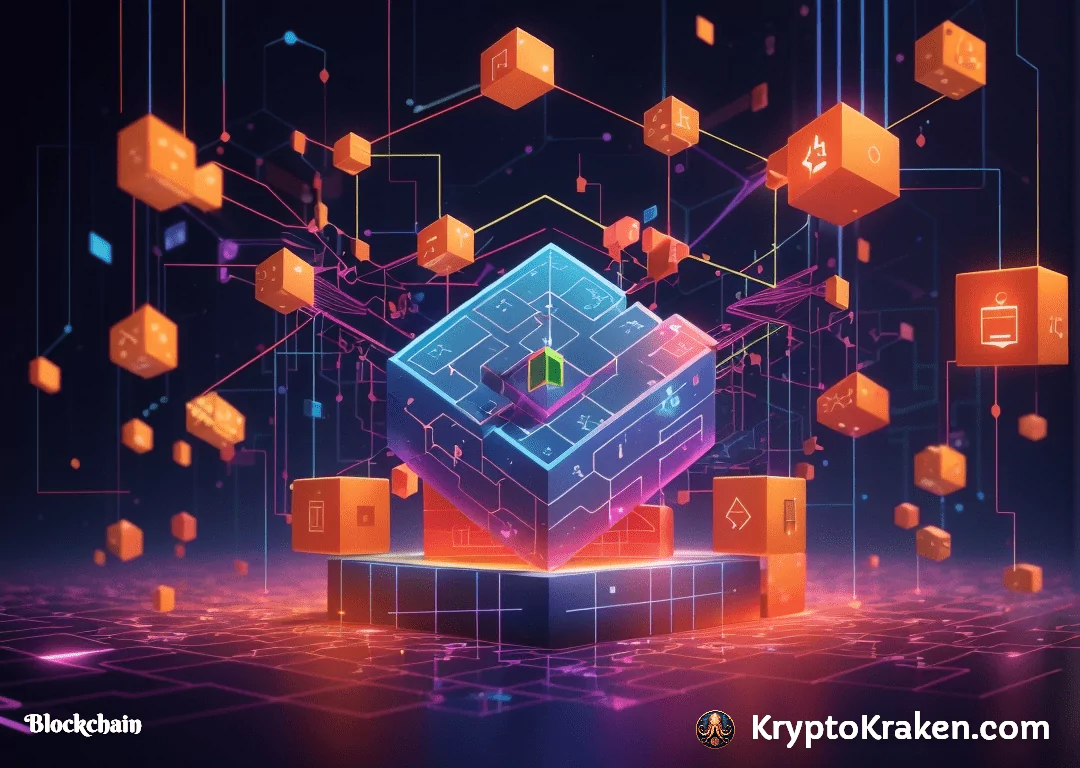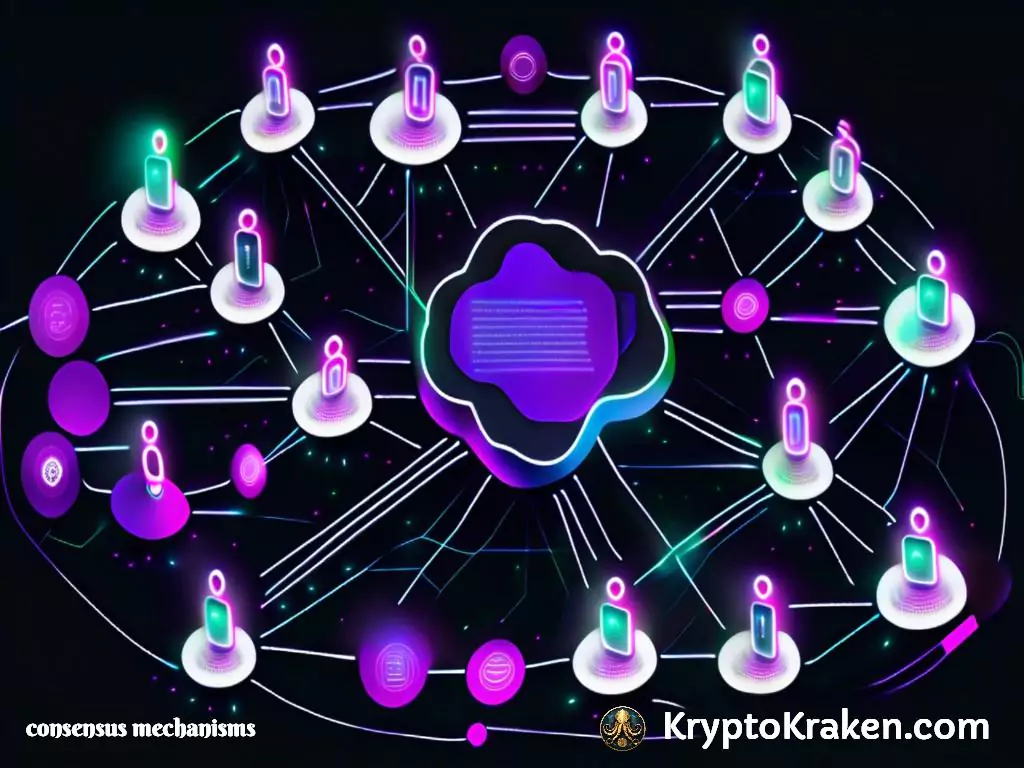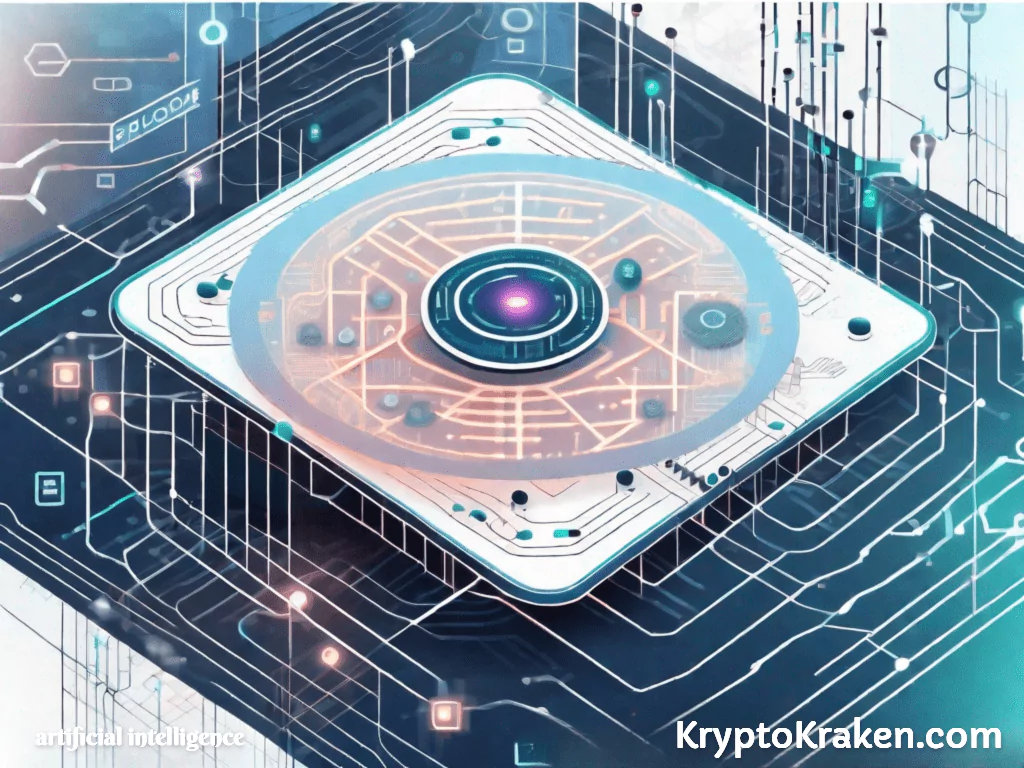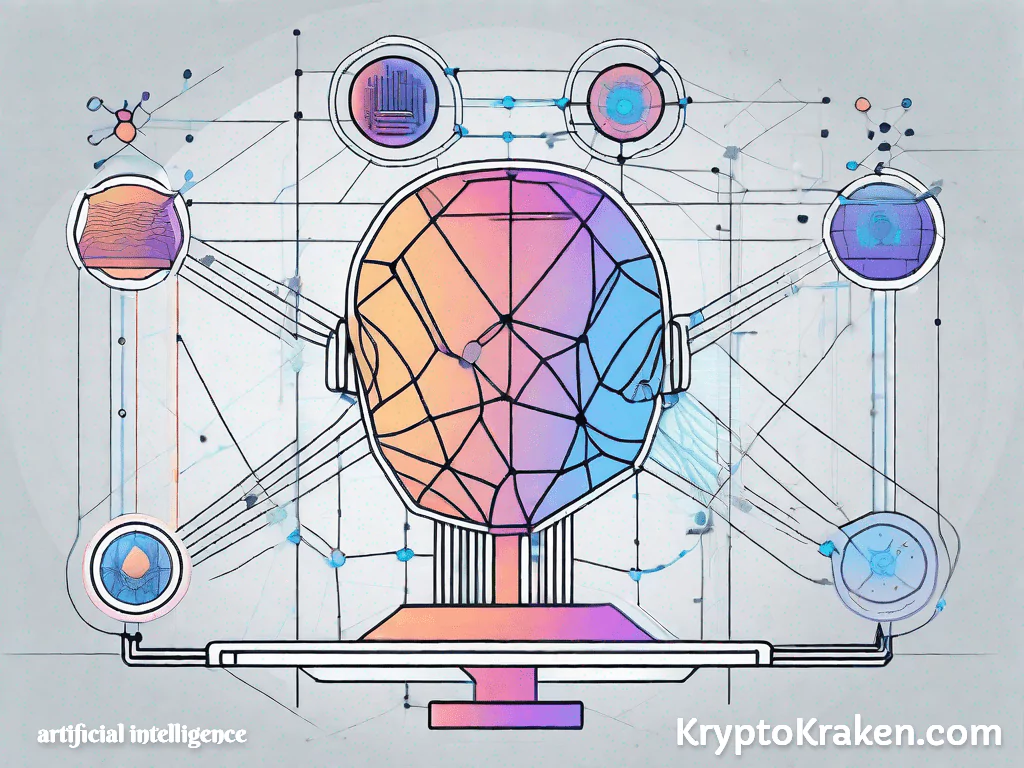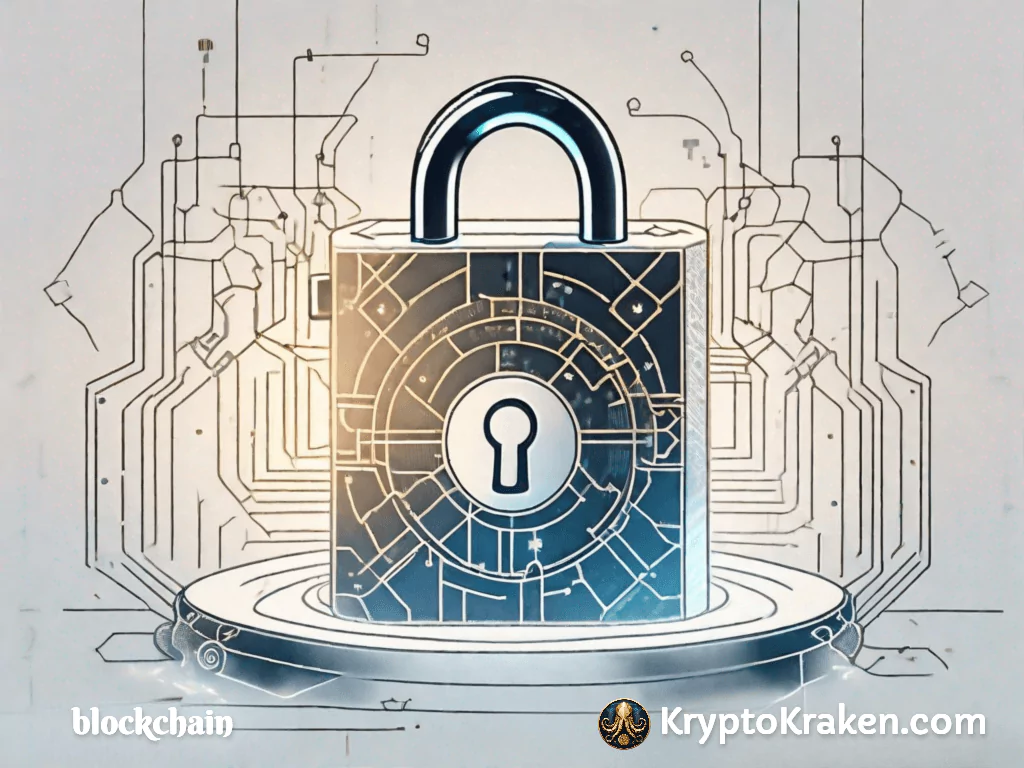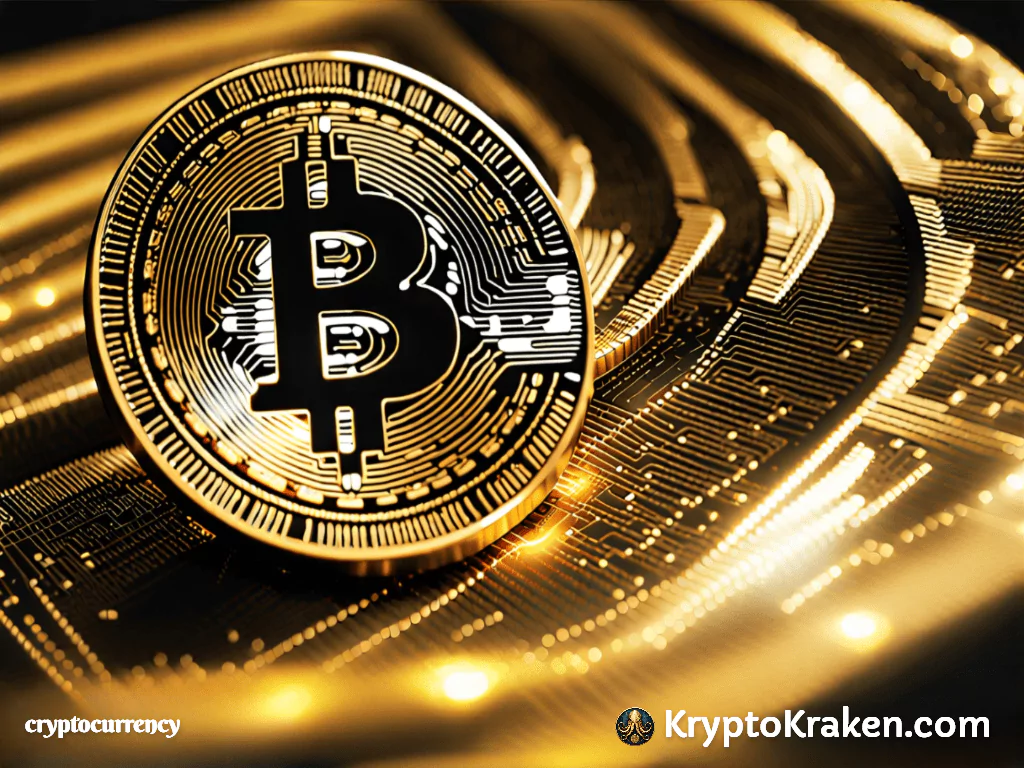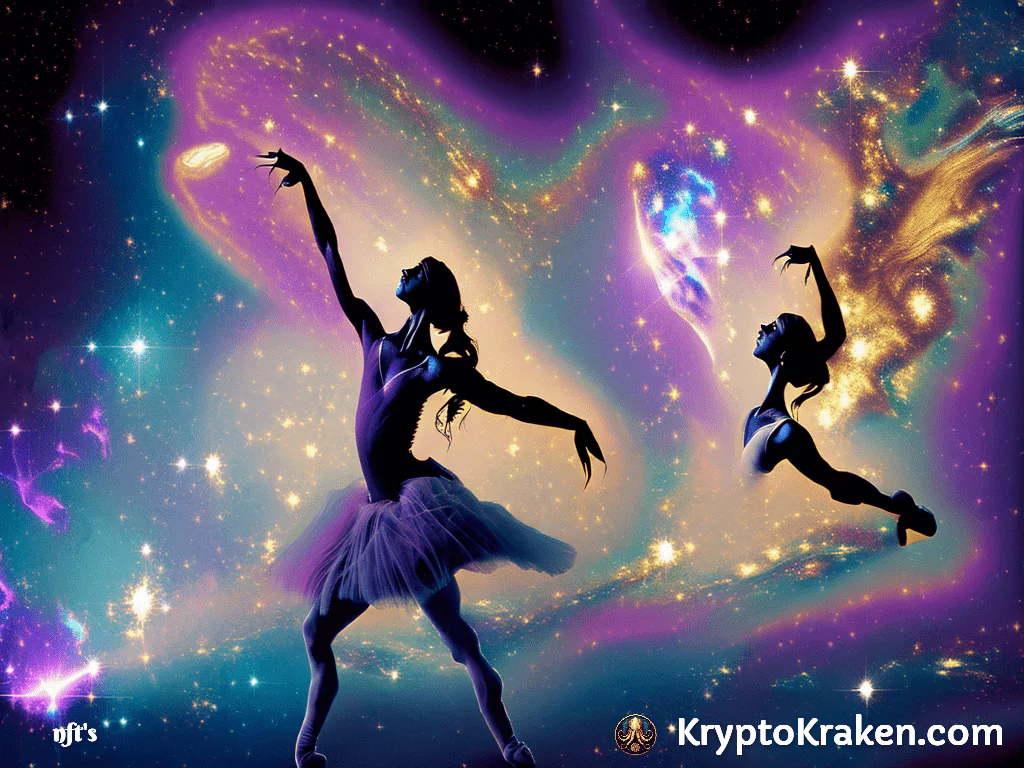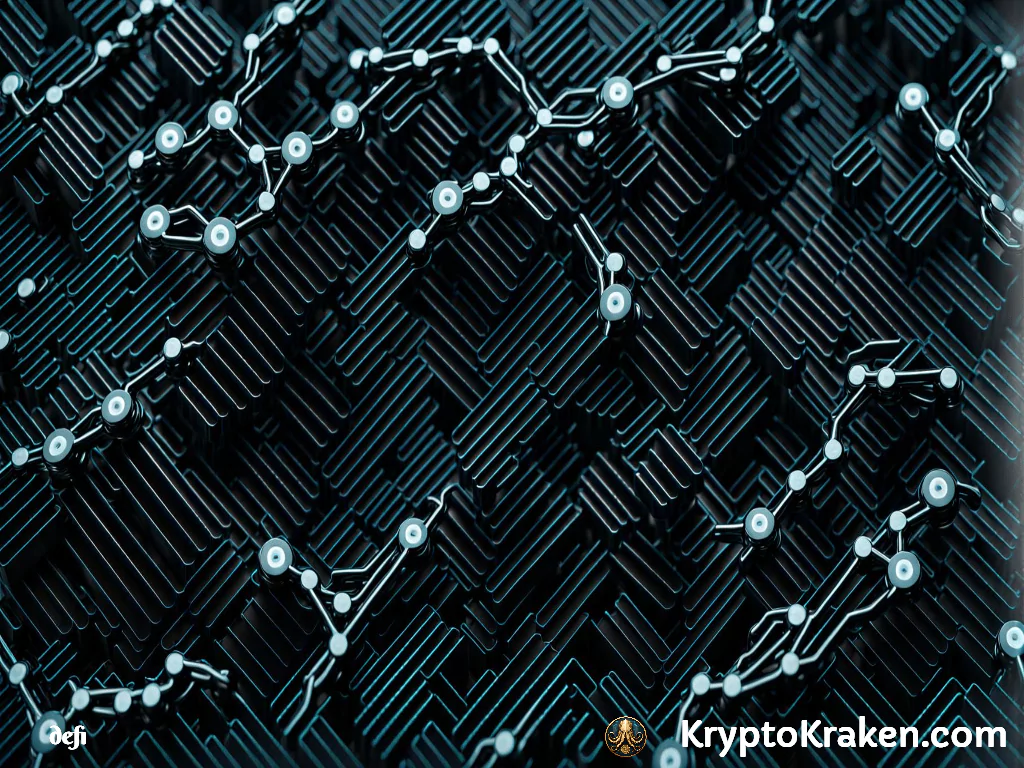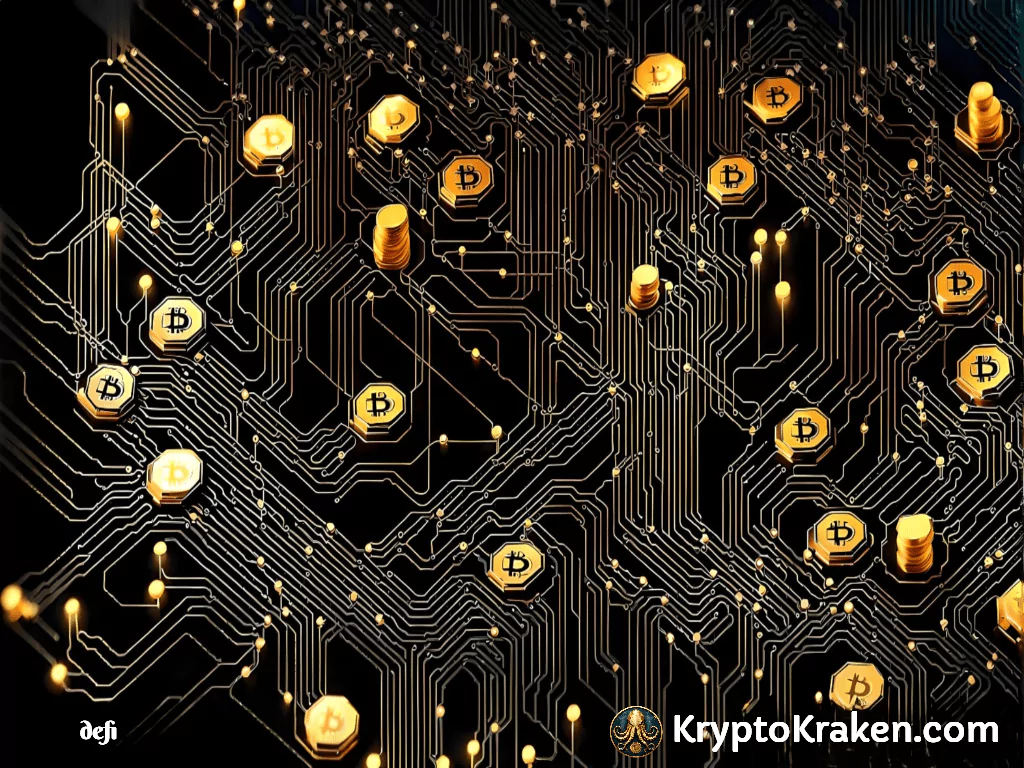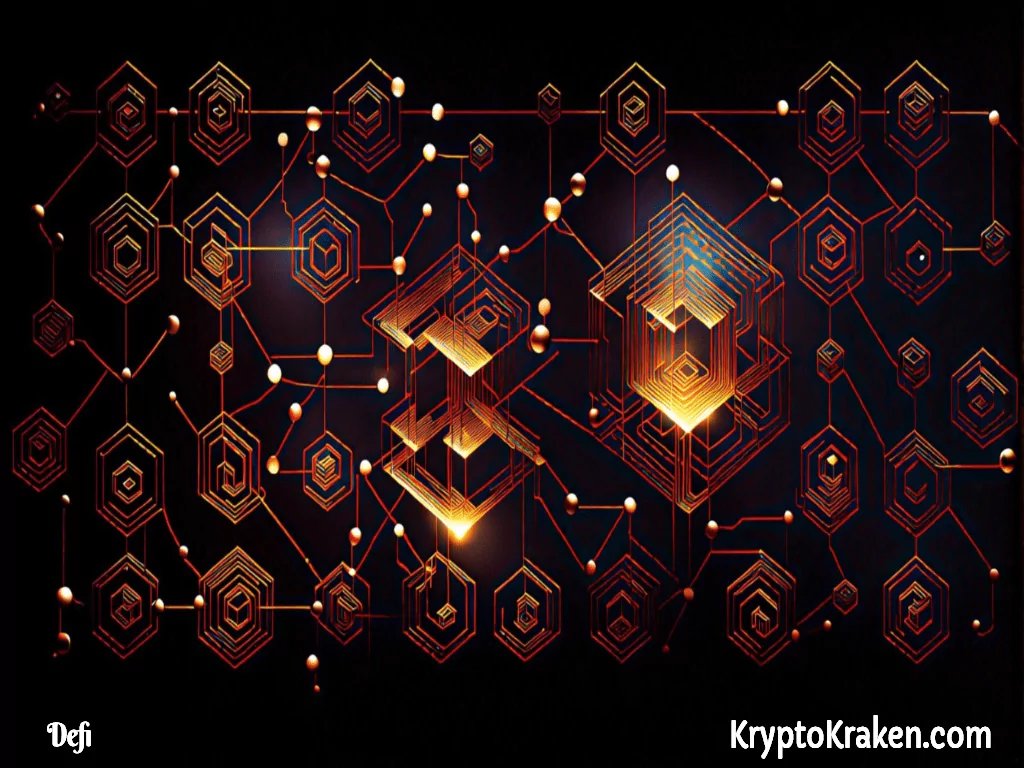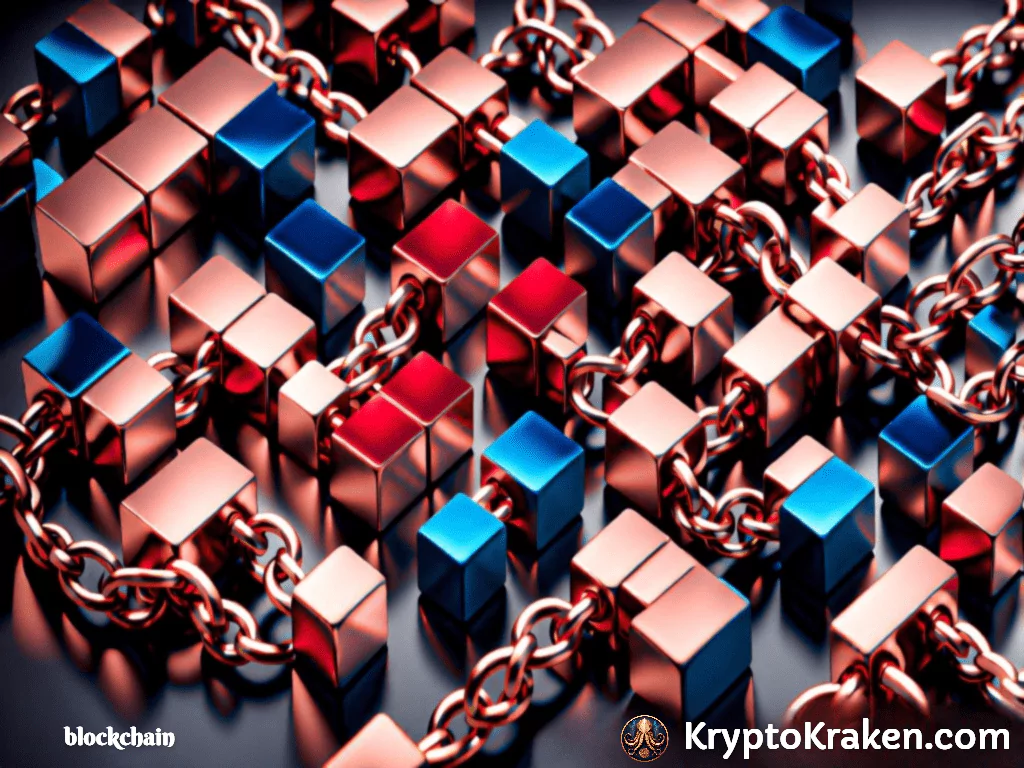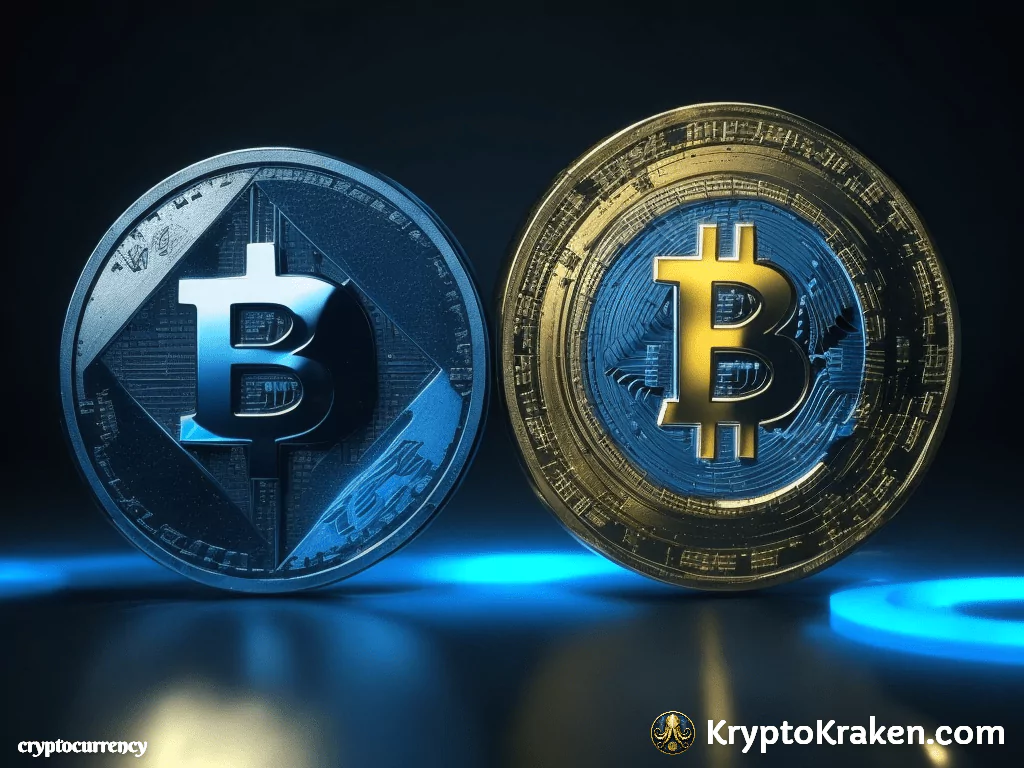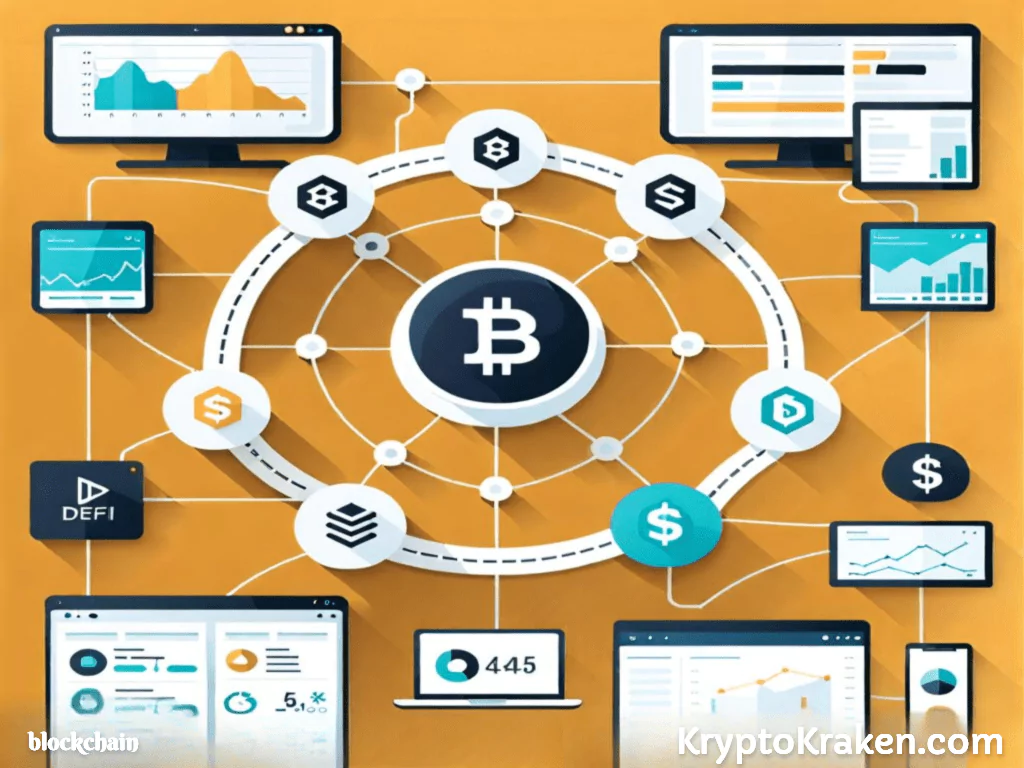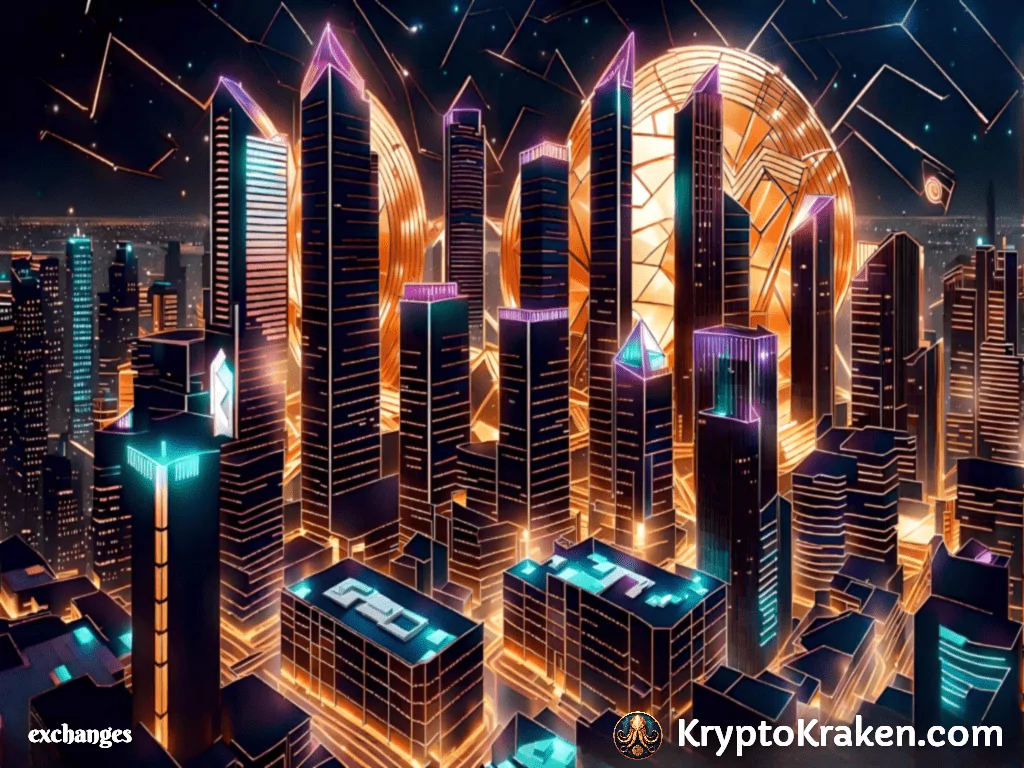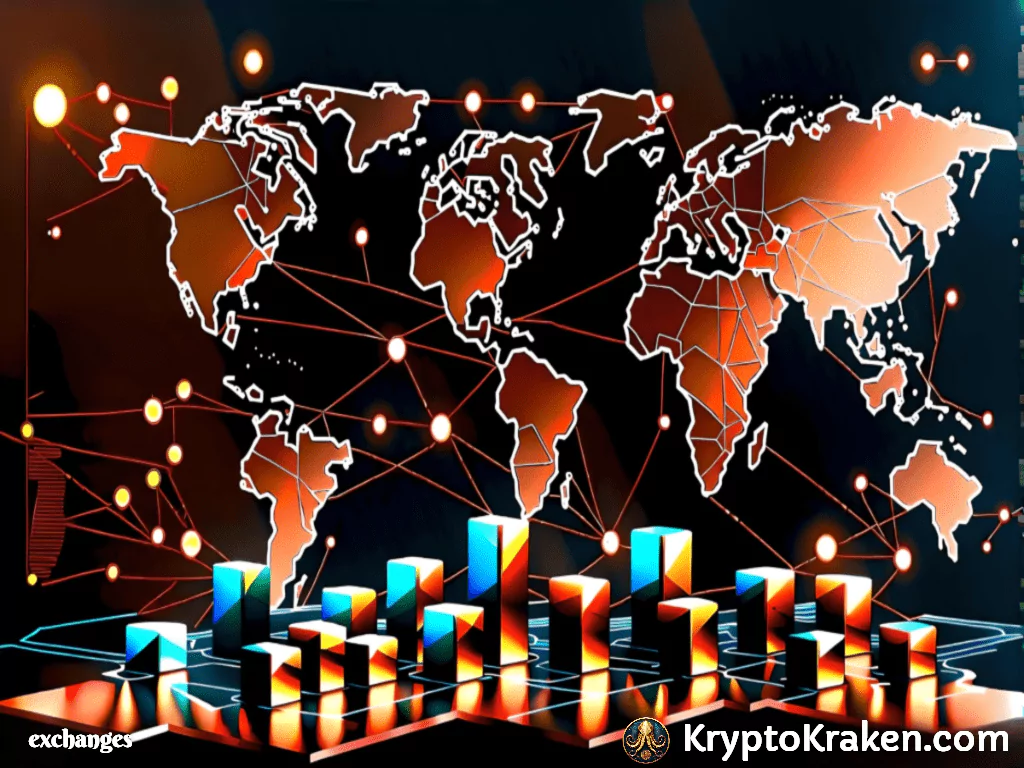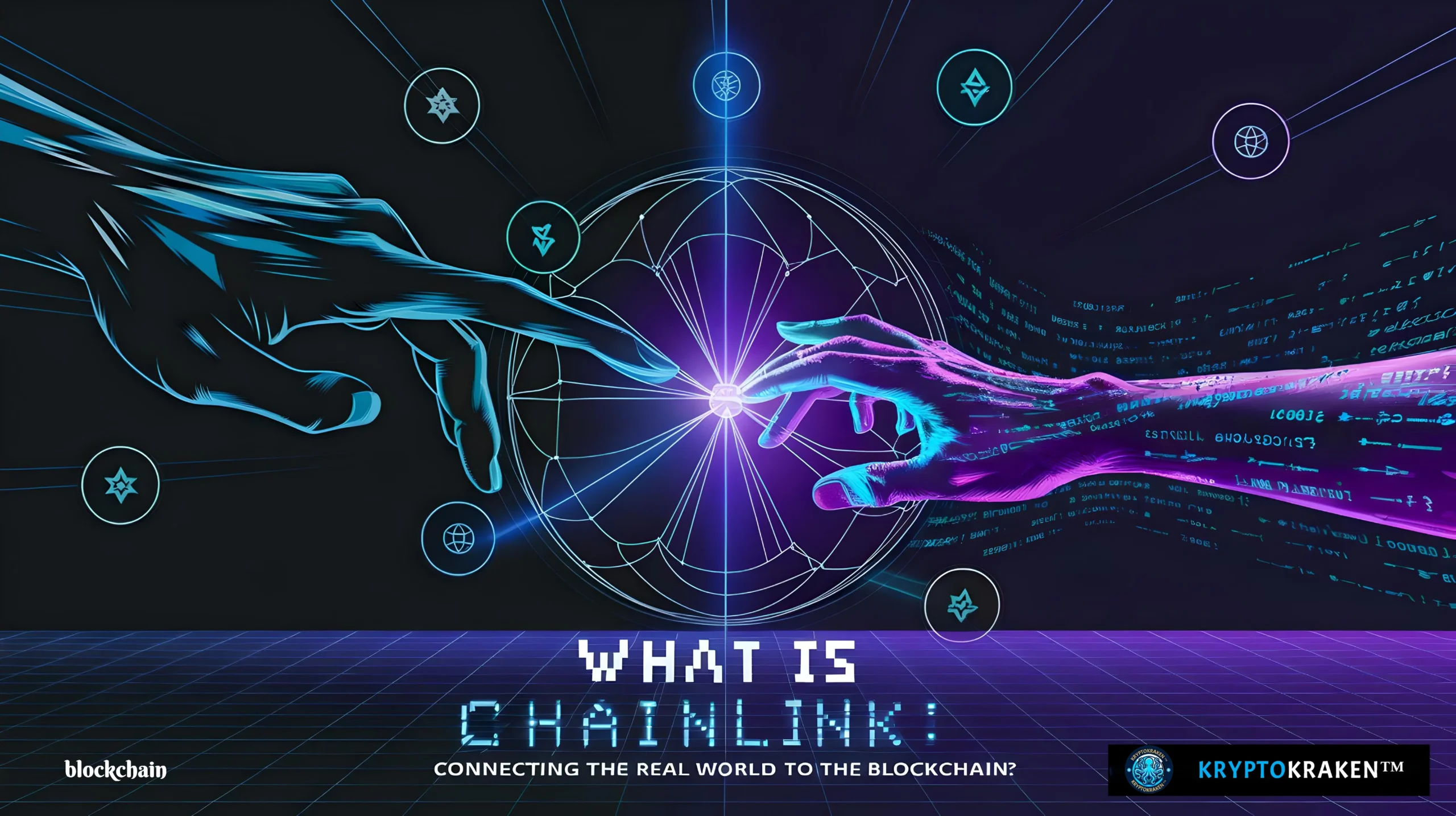
- October 1, 2024
- Dennis Frank
- 0
Blockchains have emerged as powerful tools for creating secure and transparent applications in a world increasingly reliant on digital systems. However, their strength lies in their self-contained nature, limiting their ability to interact with the real world.
This is where Chainlink steps in, acting as a bridge between the blockchain and off-chain data and systems. Imagine smart contracts gaining the ability to access real-time financial data, verify events in the physical world, or even execute actions based on external triggers. That’s the potential Chainlink unlocks.
What is Chainlink?
At its core, Chainlink is a decentralized oracle network. Now, what exactly does that mean?
- Decentralized: Instead of relying on a single entity, Chainlink leverages a network of independent nodes to provide data and services, enhancing security and reliability. Think of it as a crowd-sourced truth, making manipulating information difficult for any single party.
- Oracle Network: In the blockchain context, an oracle acts as a data feed, delivering information from the outside world to the blockchain. This information can range from something as straightforward as asset prices to complex data feeds like weather patterns or sports scores.
Chainlink enables blockchains to interact with real-world data and systems, expanding their functionality and enabling a new generation of hybrid smart contracts. These contracts can leverage off-chain data and computation, making them more versatile and applicable to various use cases.
Key Components of the Chainlink Ecosystem
Several key elements work together to make Chainlink the robust platform it is:
- Chainlink Nodes: These are the backbone of the network and are responsible for retrieving and delivering data from various sources to smart contracts. Imagine them as data scouts, venturing out into the digital wilderness to gather information.
- Data Providers: These are the sources of information that Chainlink nodes access. This could be anything from established financial data providers like Kraken to specialized APIs offering weather data or sports statistics.
- Smart Contracts: These are self-executing contracts on the blockchain that utilize the data provided by Chainlink oracles. Imagine them as automated agreements that spring to life when specific conditions are met, often triggered by real-world data delivered by Chainlink.
Real-World Use Cases and Companies Involved
Let’s look at some real-world examples of how Chainlink is being used today:
- Decentralized Finance (DeFi): Chainlink is a cornerstone of DeFi, providing reliable price feeds for various cryptocurrencies. Platforms like Aave and Synthetix rely on these feeds to ensure accurate lending, borrowing, and trading of digital assets.
- Gaming and NFTs: Chainlink’s Verifiable Random Function (VRF) brings fairness and unpredictability to blockchain gaming and NFTs (Non-Fungible Tokens). This ensures random outcomes in games or fair distribution of rare NFTs, enhancing the gaming experience. Ether Cards, for example, uses Chainlink VRF to bring novel utility to its NFTs.
- Enterprise Solutions: Major corporations are also exploring Chainlink’s potential. Thales leverages Chainlink Data Feeds to create binary options markets based on real-world events, such as the Olympics medal tally or Ethereum network data.
- Supply Chain Management: Imagine tracking a product’s journey from its origin to your doorstep, with every step securely recorded on the blockchain. Chainlink can verify the authenticity and location of goods at each stage, increasing transparency and trust in the supply chain.
- Insurance: Chainlink enables parametric insurance, where payouts are automatically triggered based on verifiable data from oracles. For example, a flight insurance contract could use weather data to process claims for delays or cancellations instantly.
These are just a glimpse into Chainlink’s vast potential. As the technology matures, we can expect to see even more innovative applications across various industries.
Blockchains have emerged as powerful tools for creating secure and transparent applications in a world increasingly reliant on digital systems. However, their strength lies in their self-contained nature, limiting their ability to interact with the real world.
This is where Chainlink steps in, acting as a bridge between the blockchain and off-chain data and systems. Imagine smart contracts gaining the ability to access real-time financial data, verify events in the physical world, or even execute actions based on external triggers. That’s the potential Chainlink unlocks.
The Chainlink Ecosystem and Future Developments
Chainlink’s success stems from its collaborative ecosystem. Developers contribute to its open-source code, data providers offer valuable information, and node operators ensure the smooth functioning of the network. This collaborative spirit has led to the development of various tools and services that further enhance Chainlink’s capabilities:
- Chainlink Automation: Automates tasks within smart contracts, making them more efficient and user-friendly. For example, COTI, a fintech platform, uses Chainlink Automation to adjust its volatility tokens based on market conditions automatically.
- Chainlink Proof of Reserve: Enhances transparency for tokenized assets by verifying their underlying collateral. This is crucial for stablecoins, which are pegged to the value of fiat currencies. Poundtoken utilizes Chainlink Proof of Reserve to ensure the stability and trustworthiness of its GBP-pegged stablecoin.
- Chainlink Cross-Chain Interoperability Protocol (CCIP): Enables seamless transfer of tokens and data across different blockchains, fostering greater interoperability in the blockchain space.
Looking ahead, Chainlink continues to evolve. The sources highlight the development of Decentralized Oracle Networks (DONs) as a significant step forward. These enhanced networks aim to provide even greater scalability, confidentiality, and functionality for hybrid smart contracts.
Conclusion
Chainlink is revolutionizing the blockchain landscape by bridging the gap between on-chain and off-chain worlds. Its decentralized oracle network empowers smart contracts with real-world data and functionality, unlocking a new era of possibilities for blockchain applications. As the technology continues to evolve and its ecosystem expands, we can expect Chainlink to play an increasingly vital role in shaping the future of decentralized applications across various sectors.
FAQ: Chainlink’s Decentralized Oracle Networks (DONs)
- What is a Decentralized Oracle Network (DON)?
A DON is a network of independent nodes that provide real-world data and off-chain computation to smart contracts. It enhances smart contract capabilities by providing access to information and services not available on the blockchain itself.
- How do DONs ensure security and reliability of the data they provide?
DONs employ cryptoeconomic security, meaning nodes are incentivized to behave honestly through staking mechanisms. If a node provides inaccurate data or acts maliciously, it risks losing its staked funds. This incentivizes accurate reporting and network integrity.
- Can DONs interact with different blockchains?
Yes, DONs are designed to be blockchain-agnostic, enabling seamless interoperability between different blockchain networks. This means a single DON can serve data to multiple blockchains simultaneously, facilitating cross-chain communication and asset transfers.
- What are some key applications of DONs?
DONs enable a variety of decentralized services, including:
- Proof of Reserves: Providing verifiable proof of assets held on one blockchain for wrapped tokens issued on another.
- Decentralized Identity: Enabling users to manage and share verifiable credentials while maintaining control over their data.
- Fair Sequencing Services (FSS): Mitigating front-running and ensuring fair execution of transactions based on predefined rules.
- Confidentiality-Preserving DeFi: Powering privacy-enhancing DeFi applications like Mixicles, which conceal asset types in financial instruments.
- How does Chainlink address the “front-running problem” with DONs?
Chainlink’s FSS combats front-running through a decentralized network of nodes that receive and order transactions based on predefined, tamper-proof rules. This levels the playing field for users and reduces the advantage of malicious actors who exploit transaction order for profit.
- What is the role of “guard rails” in Chainlink DONs?
Guard rails are on-chain safety mechanisms that enhance the security and trustworthiness of DONs. They include:
- Circuit Breakers: Temporarily halting contract operations upon detecting unusual activity or data discrepancies.
- Escape Hatches: Allowing authorized parties to intervene and potentially return funds to users in case of unforeseen vulnerabilities or attacks.
- How does Chainlink ensure the authenticity and integrity of data sources?
Chainlink uses several methods to authenticate data sources, including:
- Data Source Authentication: Verifying the identity and reputation of data providers.
- Functional Signatures: Cryptographically proving the correct computation of data from multiple sources.
- Minority Reports: Identifying and flagging statistically significant deviations in data reported by different nodes.
- How does the concept of “super-linear staking impact” enhance DON security?
Super-linear staking impact means that the cost of corrupting a DON increases at a faster rate than the total staked value. This makes it economically impractical for attackers to manipulate the network, even with substantial resources, further strengthening DON security.





